I...Barbara Ehrenreich: Mind Your Own Business
Mind Your Own Business: Barbara Ehrenreich, The Baffler #27, 2015
At about the beginning
of this decade, mass-market mindfulness rolled out of the Bay Area like a
brand new app. Very much like an app, in fact, or a whole swarm of
apps.
Previous self-improvement trends had been transmitted via books,
inspirational speakers, and CDs; now, mindfulness could be carried
around on a smartphone.
There are hundreds of them, these mindfulness
apps, bearing names like Smiling Mind and Buddhify.
A fantastic idea c/o the genius @rohan_21awake from @buddhify 'Cards for #Mindfulness': image via Sean PdeC @CaptainCrikey 18 May 2015
A typical example
features timed stretches of meditation, as brief as one minute,
accompanied by soothing voices, soporific music, and images of forests
and waterfalls.

Mindfulness: photo by UW Health, 11 October 2013
This is Buddhism sliced up and commodified, and, in
case the connection to the tech industry is unclear, a Silicon Valley
venture capitalist blurbed a seminal mindfulness manual by calling it
“the instruction manual that should come with our iPhones and
BlackBerries.” It’s enough to make you think that the actual Buddha
devoted all his time under the Bodhi Tree to product testing. In the
mindfulness lexicon, the word “enlightenment” doesn’t have a place.
Seen our brand spanking new #mindfulness website? It's called: bemindful and it's packed full of info!: image via Mental Health Fdn @MHF_tweets, 13 May 2015
In California, at least, mindfulness and other
conveniently accessible derivatives of Buddhism flourished well before
BlackBerries. I first heard the word in 1998 from a wealthy landlady in
Berkeley, advising me to be “mindful” of the suffocating Martha
Stewart-ish decor of the apartment I was renting from her, which of
course I was doing everything possible to un-see. A possible connection
between her “mindfulness” and Buddhism emerged only when I had to turn
to a tenants’ rights group to collect my security deposit. She countered
with a letter accusing people like me -- leftists, I suppose, or
renters -- of oppressing Tibetans and disrespecting the Dalai Lama.

Mindfulness: photo by UW Health, 11 October 2013
During the same stint in the Bay Area, I learned
that rich locals liked to unwind at Buddhist monasteries in the hills,
where, for a few thousand dollars, they could spend a weekend doing
manual labor for the monks. Buddhism, or some adaptation thereof, was
becoming a class signifier, among a subset of Caucasians anyway, and
nowhere was it more ostentatious than in Silicon Valley, where star
player Steve Jobs had been a Buddhist or perhaps a Hindu -- he seems not to
have made much of a distinction -- even before it was fashionable for CEOs
to claim a spiritual life. Mindfulness guru and promoter Soren
Gordhamer noticed in 2013 that tech leaders from Google, LinkedIn,
Twitter, and other major tech companies seemed to be “tapped into an
inner dimension that guides their work.” He called it “wisdom” and named
his annual conferences Wisdom 2.0 -- helpful shorthand, as it happens, for
describing the inner smugness of the Bay Area elite.
Today, mindfulness has
far outgrown Silicon Valley and its signature industry, becoming another
numbingly ubiquitous feature of the verbal landscape, as “positive
thinking” once was. While an earlier, more arduous, version of Buddhism
attracted few celebrities other than Richard Gere, mindfulness boasts a
host of prominent practitioners -- Arianna Huffington, Gwyneth Paltrow, and
Anderson Cooper among them.

Checking out venue for 20-something event on mindfulness and meaning in NYC with Arianna and Huff Post in October ...: image via Soren Gordhamer @SorenG, 14 May 2014
“Mindful leadership” debuted at Davos in
2013 to an overflow crowd, and Wisdom 2.0 conferences have taken place
in New York and Dublin as well as San Francisco, with attendees fanning
out to become missionaries for the new mind-set. This year’s event in
San Francisco advertises not only familiar faces from Google and
Facebook, but also speeches by corporate representatives of Starbucks
and Eileen Fisher. Aetna, a Fortune 100 health insurance company, offers
its 34,000 employees a twelve-week meditation class, and its CEO dreams
of expanding the program to include all its customers, who will
presumably be made healthier by clearing their minds. Even General
Mills, which dates back to the nineteenth century, has added meditation
rooms to its buildings, finding that a seven-week course produces
striking results. According to the Financial Times,
83 percent of participants said they were “taking time each day to optimize my personal productivity” -- up from 23 percent before the course. Eighty-two percent said they now make time to eliminate tasks with limited productivity value -- up from 32 percent before the course.
Productivity is only one objective of the new
miniaturized meditation; there are also the more profound-sounding goals
of “wisdom” and “compassion,” which are not normally associated with
Silicon Valley or American business in general. Just a few years ago,
say in 2005, the tech industry exemplified a very different kind of
corporate ideology, featuring multitasking and perpetually divided
attention -- think an incoming call conducted while scanning a new product
design, checking email, and deflecting the interruptions of subalterns.
It was madness, but the business self-help literature encouraged people
to “surf the chaos,” nourishing themselves on caffeine and adrenaline.
If we needed to unclutter our minds, we were directed to the gym and an
hour or so of intense physical activity. A trim muscular body, combined
with an ever-flickering gaze, signified executive status.
Buddha's Guide to Meditation #mindfulness #daily #zen #yoga #buddha #quotes #thesecret: image via Tao of GTD @taoofgtd, 9 May 2015
The backlash against chaos surfing came on quickly, as if The Wolf of Wall Street
had been forced to drink a soothing bowl of milk.
I found the perfect spot to enjoy the life changing app #mindfulness #meditation #wellness: image via Amy Synott@amysnnottptsdjedi @ptsdjedi, 9 May 2015
Studies were piling
up to suggest that a lifestyle dependent on multiple devices and
double-shot espressos might be toxic to the human mind, impeding
concentration and undermining human connectedness.
#TechnologyWeek #TEDxAUEB technology #quote #sherryturkle: image via TEDxAUEB @TEDxAUEB, 20 February 2015
There was wild talk
of “unplugging” and fleeing offline.
The Psychology of Social Media - Real Simple - #sherryturkle #mindandtechnology: image via Body & Mind @quaeparvasunt, 9 February 2015
In Northern California in 2013, a
group called Digital Detox began offering Camp Grounded, a
well-publicized summer camp for adults, at which all devices (and
alcohol and children and real names) were prohibited, the better to
encourage “play” and conversation.
#Mindfulness retreats like now other: image via adrian @conscious2, 9 May 2015
We had once imagined that human
attention was infinitely divisible, with each particle of it potentially
available to advertisers, entertainers, and employers. But it was
turning out to be fragile, even endangered, and in need of constant
repair.
#TechnologyWeek #TEDxAUEB technology #quoteMT @TED_ED #Good #Quote #sherryturkle #ParentingSkillz #parenting #kids #mom #dad #children #responsible: image via T.F. Hargret @T.F. Hargret, 22 February 2015
Where brilliance and creativity had formerly
reigned, there were, by the turn of the millennium, suspicions of
pathology. Child psychiatrists began to drop “bipolarity” as a default
diagnosis and turn their attention to attention itself. Too many
children were deficient in it, just as their plugged-in parents were
often guilty of “distracted parenting.” The switch from bipolarity to
attention deficit disorder is hard to date exactly, in part because
these conditions are now said to be frequently “comorbid,” or
overlapping.
Take a moment and check in with yourself.#mindfulness #LoveConquersHate #loveyourselfie #LoveYourselfProject: image via LoveYourselfProject @LoveYourself, 9 May 2015 Brooklyn, NY
But as we began to spend more and more of our time
interacting with mood-less programs and devices, psychiatry seems to
have turned from emotional concerns like bipolarity, which is a “mood
disorder,” to cognitive problems like ADD and ADHD.
The world of 'wait, what?' and interrupted conversations, #flightfromconversation #sherryturkle: image via navit keren @navit keren, 3 April 2014
At the same time, diagnoses of autism and Asperger’s syndrome were skyrocketing -- especially, as a 2001 article in Wired pointed out, in
Santa Clara County, home of Silicon Valley. Among the adult population,
surely something was wrong with Steve Jobs, who alternated between
obsessive attention to details and complete withdrawal into himself,
between a spiritual aloofness and uncontrolled temper tantrums. Some
observers thought they detected a hint of autism in the unblinking,
almost affect-free Bill Gates, and the characters in HBO’s Silicon Valley are portrayed as well “within the spectrum.”

How #Headspace made one sceptical Hongkonger a convert to #meditation via @SCMP News: image via Headspace @GetHeadspace, 12 May 2015
So Silicon Valley embraced mindfulness with a twinge
of contrition. Not only did its corporate culture encourage something
called “geek syndrome,” but its products seemed to spread that same
derangement to everyone else. The devices that were supposed to make us
smarter and more connected to other humans were actually messing with
our minds, causing “net brain” and “monkey mind,” as well as physical
disorders associated with long hours of sitting. As we click between
Twitter and Facebook, text and hypertext, one link and another, synapses
are being formed and then broken with febrile inconstancy -- or so a
growing number of experts, such as MIT’s Sherry Turkle, warn us -- leaving
the neuronal scaffolding too fragile to house large thoughts.
We r uncomfortable being alone w/out devices for 6 mins. After we pref electroshocks. #SherryTurkle #wisdom15 #MIT: image via Katrin Windsor @Katrinwindsor, 28 February 2015
A less arrogant
industry might have settled for warning labels on its phones and pads,
but Silicon Valley wanted an instant cure, preferably one that was
hi-tech and marketable. The great advantage of mindfulness was that it
seemed to be based firmly on science; no “hippie bullshit” or other “woo
woo” was involved. A neuroscientist reported that Buddhist monks with
about ten thousand hours of meditation under their belts had altered
brain functions; shorter bouts of meditation seemed to work at least
temporary changes in novices. The field of “contemplative neuroscience”
was born, and Silicon Valley seized on it for a much-needed “neural
hack.” Through meditation, monastic or app-guided, anyone could reach
directly into their own moist brain tissue and “resculpt” it in a
calmer, more attentive direction. Mindfulness, as its promoters put it,
fosters “neuroplasticity.”
Rise Up With Mindfulness - by @ptsdjedi via @GoodMenProject #mindfulness #MHAW15 @mentalhealth: image via ptsdjedi @ptsdjedi, 18 May 2015
No one questions that the brain changes with the
experiences the mind undergoes. If thought has a physical basis, as
scientists assume, then it produces physical alterations in the brain.
Trauma and addiction can lead to lasting problems; even fleeting events
may leave the chemical changes in the brain that we experience as
memory. In fact, “plasticity” is a pallid descriptor for the constant,
ongoing transformation of brain tissue. Neurons reach out to each other
through tiny membranous protusions, often forming new synapses. Synapses
that fire frequently grow stronger, while the inactive ones wither.
Well-connected neurons thrive, while neglected ones die. There is even
some evidence that neurons in mature animals can reproduce.

-- Emma Watson, actress
Headspace mobile app advert: via Headspace

We followed 4 brand new Headspacers for a month. Find out what happened: #RadioHeadspace: image via Headspace @Get_Headspace, 17 May 2015

Louise Hay: The point of power is always in the present moment: image by BK, 3 January 2015
What there is no evidence for, however, is any
particularly salubrious effect of meditation, especially in byte-sized
doses. This was established through a mammoth, federally sponsored
“meta-analysis” of existing studies, published last year, which found
that meditation programs can help treat stress-related symptoms but are
no more effective in doing so than other interventions, such as muscle
relaxation, medication, or psychotherapy. There is no excuse for
ignoring this study, which achieved worldwide attention. So maybe
meditation does have a calming, “centering” effect, but so does an hour
of concentration on a math problem or a glass of wine with friends. As
for Silicon Valley’s unique contribution, mindfulness apps, a recent
study concluded that there is
an almost complete lack of evidence supporting the usefulness of those applications. We found no randomized clinical trials evaluating the impact of these applications on mindfulness training or health indicators, and the potential for mobile mindfulness applications remains largely unexplored.
Being aware of life WHILE it's happening... yet we mostly WHILE our life away #mindfulness #awareness: image viaMndfullness 24/7 @_Helen_Grain, 9 May 2015
For an industry based on empirical science and
employing large numbers of engineers, Silicon Valley has been remarkably
incurious about the scientific basis of mindfulness, probably because
the “neuroplasticity” concept is just too alluring. If the brain can be
resculpted through conscious effort, then mindfulness is as imperative
as physical exercise; the brain is a “muscle” and, like any muscle, in
need of training. Google’s chief motivator Chade-Meng Tan was an early
adopter, setting up the company’s mindfulness training program, Search
Inside Yourself, in 2007, and later telling the Guardian:
If you are a company leader who says employees should be encouraged to exercise, nobody looks at you funny. . . . The same thing is happening to meditation and mindfulness, because now that it’s become scientific, it has been demystified. It’s going to be seen as fitness for the mind.
One popular and highly rated mindfulness app, Get
Some Headspace, advertises itself as a “gym membership for the mind.”
Only it’s easier than working out, of course, or even yoga. As one
enthusiastic software entrepreneur said of the Headspace app, “You don’t
have to sit in a lotus position. You just press ‘play’ and chill out.”

We followed 4 brand new Headspacers for a month. Find out what happened: #RadioHeadspace: image via Headspace @Get_Headspace, 17 May 2015
Outside of meditation, which can take just a few minutes a day, the daily practice of mindfulness can be summarized as pay attention,
or better yet, pay attention to one thing at a time. Take out the
earphones when the children are trying to talk to you. Listen carefully
to colleagues, look them in the eyes, and attempt to comprehend things
from their point of view. Do not multitask; just sink yourself into “the
moment,” one task at a time.

Louise Hay: The point of power is always in the present moment: image by BK, 3 January 2015
What could be simpler?
My meditation spot today #santacruz: image via Soren Gordhamer @SorenG, 5 January 2014
Left unanswered in all of this is the question of what to be mindful of.
Yes, the children. But what do you do when one of them is trying to
confide in you and the other one is screaming from the bedroom?
You are enough. You are so enough. It is unbelievable how enough you are. -- true story #kindness #mindfulness: image via Carrie Elks Headspace @Carrie Elks, 18 May 2015
Or say
you’re at a business lunch. You have to be mindful of your companion
while simultaneously attempting to eat without spilling or choking -- and I
say you would be remiss if you failed to notice the sad-eyed busboy who
is refilling the water glasses.
Does multitasking make you more productive? #HeadspaceonTime: image via Headspace @ Get_Headspace, 15 May 2015
Divided attention far predates the
advent of smartphones and is intrinsic to many human activities, such as
child-raising, cooking a large meal, and waiting on tables. Or take one
of the most ancient human occupations -- war -- which is relevant because the
mindfulness promoters are beginning to market their product to the U.S.
military.
Incoming fire can come from any direction, at unexpected
times and speeds. Morale must be considered, as well as changing
instructions from the strategists in command. There is no danger of
soldiers distractedly checking their Facebook pages; the issue is
whether they have the mental bandwidth demanded by the exigencies of
battle.
Silicon Valley got its own tiny taste of combat at
the 2014 Wisdom 2.0 conference in San Francisco. The panel on “3 Steps
to Build Corporate Mindfulness the Google Way” had just begun when a
small group of protesters walked on stage and unfurled a banner saying
“Eviction-Free San Francisco,” a reference to the savage gentrification
that Google, among others, has inflicted on the city. After security
pushed the protesters offstage and started a tug-of-war for the banner, a
Google mindfulness representative intoned, “We can use this as a moment
of practice. Check in with your body and see what’s happening, what
it’s like to be around conflict and people with heartfelt ideas that may
be different than what we’re thinking.” Zen-like, the panel rolled on,
undistracted by the brief glimpse of mass evictions and homelessness.

Mindfulness Movie at the Rio Theatre!: photo by Kyle Pearce, 18 March 2014
II...Wisdom 2.0: The only moment we have is right now
Wisdom2.0: it came for our heartbeats, now Google wants our souls: Tech companies are embracing mindfulness to help staff deal with
stress -- and help seize back control from the gadgets that have taken
over our lives: Carole Cadwalladr in Dublin for The Guardian, 19 September 2014
Dublin’s Google
headquarters bears all the hallmarks of the modern tech workplace: an
industrial chic aesthetic, endless free snacks, designer furniture in
primary colours that looks like it’s been hijacked from a children’s
playground, and, this week, the advanced forces of what may or may not
be the Next Big Thing: not a new mobile phone, or a really super fancy
watch, but something even more radically cutting-edge: “wisdom”.
Because for three days this week, in an auditorium at the
heart of the city’s hi-tech cluster, an unholy alliance of Googlers,
Buddhist monks, techies, HR directors, MPs and recovering CEOs bandied
around words like “compassion”, “empathy”, “communion” and
“consciousness”.
This was Wisdom2.0, a Californian conference that grew out
of the west coast’s twin obsessions of technology and
self-actualisation, and that came to Europe for the first time this
week.
It has already held events in Google’s Mountain View office
and at Facebook and since its inception six years ago, it’s been
enthusiastically taken up by the tech industry. More than 2,000 people
attended Wisdom2.0’s main event in San Francisco this year, and it’s
attracted high-profile supporters like Arianna Huffington and Jeff
Weiner, CEO of LinkedIn, and now it’s looking to take the message to a
global audience.
It might be called a conference, but to the uninitiated it
looked more like a revival meeting or religious gathering -- just without
the religion bit getting in the way. Prayer bells called the delegates
back to session, regular “stillness” breaks were built into the agenda,
and at one point participants were told to put their arm around the
person next to them, softly stroke them “and feel the connection”.
It’s technology that’s at the heart of this, or at least
what technology is doing to our lives.
And Wisdom2.0’s mission is to
address this, “the great challenge of our age”: how to “live connected
to one another through technology … in ways that are beneficial to our
own well-being.”
Another take on it is that the tech industry having captured
our attention, our time and our bank accounts with their endlessly
distracting devices, and created apps that measure our heartbeats and
quantify our physical health, has taken the next logical step: it is now
after our souls.

Intel engineers meditating: photo by Intel Free Press via The Guardian, 19 September 2014
Soren Gordhamer, Wisdom2.0’s founder, explained to the delegates who
had paid up to €600 each, that at its heart it represented an attempt
“to bring ancient wisdom into the modern age”. And at the vanguard of
the movement is mindfulness, the secular version of meditation that is
said to do everything from slowing ageing to improving your sex life.
It’s currently vying to overtake yoga as the must-do
metropolitan leisure activity but it’s also had proven clinical results –-
to reduce stress, aid sleep, and improve both physical and mental
well-being –- and Chris Ruane, the Labour MP for the Vale of Clwyd, told
the audience about how, having introduced mindfulness to the House of Commons, an
all-party parliamentary group is now trying to roll it out into wider
public life after the next general election.
A Listen deeply to yourself.
We make decisions all the time. #mindfulness: image via Cards for Mindfulness @mindfulcards, 9 May 2015Where is my mind now? Life trains our attention to be dragged from here to there. #mindfulness: image via Cards for Mindfulness @mindfulcards, 9 May 2015
Touch Screen Cards for #Mindfulness #kickstarter: image via Cards for Mindfulness @mindfulcards, 18 May 2015
But that is just the beginning. Alfred Tolle, a senior
sales manager at Google who was the host for the event, went even
further. It was, he said, about trying to create “a collective
consciousness” that would hopefully “make the world a better place”.
This is it my friends.. Prevents sicknesses of the mind #mindfulness #brainhealth: image via Wellness Mindfulness 911 @well, 12 May 2015
“Ten years ago, if you’d said this sort of thing, people
would have said ‘Put the hippy in the ground’,” he said later. “But
today, people are starting to get it. Even in management meetings, I
talk about connecting inner and outer worlds and people look at me
suspiciously, but they sort of get it.”

Is #mindfulness worth the hype? Find out by reading our top 12 research blogs #mhaw15: image via The Mental Elf @Mental_Elf, 11 May 2015
Tolle has been practising Zen meditation for 25 years and on
top of his sales remit, he seems to have taken it upon himself to
become Google’s unofficial chief soul officer. He said he wanted to hold
the event because “we have to reconnect to our souls and ourselves in
order to use technology wisely. I see it as my job to drive Google in
that direction.”
Mindfulness for Geeks: the 7 Best Meditation Apps #mindfulness
#meditation #apps #stressrelief: image via Business O Féminin
@bizzofemininINT, 9 May 2015
There is, said one of the participants, a Dublin-based
technologist called Frazer McKimm who studies human and machine
interaction, “an increasing sense of disquiet. There’s a sense that our
relationship with technology has become something that even the creators
of it can’t control. Even the dominators are being dominated. It’s
infantilising us in a way.”
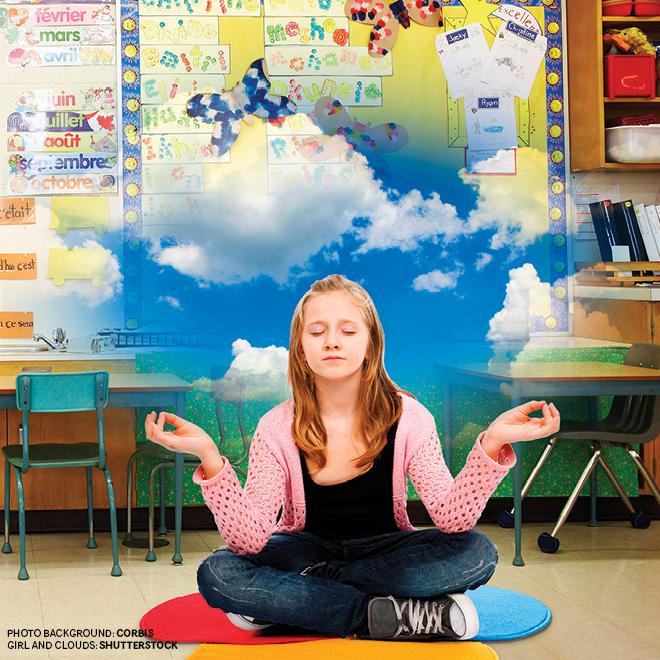
#Mindfulness in schools: Is this the cure-all for anxiety, student stress and bullying?: image via Today's Parent @Todaysparent, 12 May 2015
The challenge, according to a Scottish app developer, Rohan
Gunatillake, is to deal with it without “pathologising our relationship
to technology”. He proposed that mindfulness should be built into all
technology, and suggests solutions including a traffic system warning
for websites and nutrition information-style labels that detail what
they do to our mental health; he singled out newspaper comment sections,
which should carrying a big red flag. “Technology is not the problem,”
he told the conference. “Bad technology is the problem.”
Embrace the journey: #mindfulness #daily #zen #yoga #buddha #quotes #thesecret: image via Tao of GTD @taoofgtd, 9 May 2015
In fact, says Gordhamer, it’s no surprise that questions
about meaning and purpose have been embraced so enthusiastically by the
tech industry. “If you look at the tech founders they all found success
so young that it’s only natural that they should now be asking, ‘What
else is there?’”
Beginner's Guide to Meditation #mindfulness #daily #zen #yoga #buddha #quotes #thesecret: image via Tao of GTD @taoofgtd, 9 May 2015
And, it’s that question -- what else is there? -- that had
drawn participants from as far afield as Australia. Katrin Bauer, a
46-year-old consultant radiologist from Dundee, said that she’d
discovered meditation as a means of coping with the stress of
technology.
“I work on a computer all day and they break, they go wrong,
we don’t have the most up-to-date software. I didn’t tell my colleagues
at first. These eastern practices are seen as a bit of a taboo in the
NHS but so many of my colleagues are off sick -- very capable, talented
people who just burn out. And there is an absolute clinical benefit to
mindfulness that goes far beyond just churning out more pills. There is
so much more that could be done to improve people’s well-being.”
Before you respond or react, choose #mindfulness and silence. Ask your heart, "is this the right thing for me?" <3: i=""> image via Wendy Sue Noah @WendySueNoah, 18 May 2015
Just as mindfulness secularised an ancient spiritual
practice that’s been used for thousands of years, so the new wisdom
industry has taken other concepts, more usually associated with
religious practice, and given them a fresh new spin, foremost among them
“compassion”, the buzzword of Wisdom2.0.
Tania Singer, a neuroscientist at the Max Planck Institute,
who has led the biggest research study so far in to the effect of
mindfulness on the brain, gave a talk in which she showed her research
into neuroplasticity and “affective training”. Compassion, she claimed,
is distinct from empathy. It can be taught. And it had the effect of
making new areas of the brain light up: in effect, it made its subjects
happier.
Kelly Palmer, head of “talent transformation and inclusion”
at LinkedIn made in her talk entitled “Fostering empathetic connection:
lessons from compassion Efforts at LinkedIn” which included the
information that “sometimes the most compassionate thing you can do is
to let an employee go.”
The crowd that gathered to hear @jeffweiner share about the importance of Compassionate Management ... #wisdomweek: image via Soren Gordhamer @SorenG, 12 February 2014
The cynical take on all this is that it’s big business
trying to create a new generation of happy worker drones. The chief
people officer -– or what used to be called the head of HR -- for Zynga
had come to look for new ideas to take into the workplace and she
explained that it was not enough to provide industrial chic furnishings
and a free lunch any more: “Millennials want more than that. They want
meaning.”
There has been “a convergence of work and personal life,”
she said. “People are never really off so we have to address the whole
person. And if we can help people, it helps employee retention. Anything
that helps people personally has benefits that apply to the whole
company.”
But for all the corporate talk, there was, at times, more than a touch of the Timothy Leary to the event.
Your thoughts can be ur best friend or your worst enemy -- Good news U CAN LEARN TO CONTROL YOUR THOUGHTS #mindfulness: image via Wellness Mindfulness 911 @well, 17 May 2015
“What is money?” asked Google’s Alfred Tolle, at one point.
“It’s just a bunch of zeros.” And a significant proportion of the
audience had already tuned in, turned on and dropped out. Participants
included the former CEO of a Norwegian TV station, a former barrister,
Neil Seligman, who now teaches lawyers at big City firms how to be more
“conscious”. Friedhelm Boschert, former CEO of major European bank,
Volksbank International, said that he used to do weekly Zen meditation
with his top managers and is now teaching it to other bankers as part of
something he calls “New Banking” - top-down old banking apparently
having got us into the current financial mess.
Is it the start of the push back? Or simply corporate
America’s latest initiative to bend the world to its will? “We don’t
check people at the door,” said Soren Gordhamer.
“My work is to show up and be present for people who care.
The only moment we ever have is right now. Life is more fulfilling when
we show up without an agenda.”
Want to step up your #conscious evolution #mindfulness? This is a great resource: image via Art of Forgetting @ArtForgetting, 18 May 2015
III...Mindfulness and Genocide
Una moschea distrutta a #Sittwe #Myanmar Memento degli scontri con la minoranza musulmana #Rohingya @alice_miranda1: image via Isola di Lipari @isoladilipari, 15 May 2015
Saffron Terror: an audience with Burma's 'Buddhist Bin Laden’ Ashin Wirathu: The UN claims that Burma's Muslim
Rohingya are among the most persecuted minorities in the
world. Their most vocal enemy is Ashin Wirathu, an influential
Buddhist monk who is calling for the expulsion of the "Bengali"
few. GQ enters a hellish world of ethnic massacres,
vicious reprisals and concentration camps: Alex Preston, British GQ, 11 February 2015
I'm in a tuk-tuk heading through the city
centre, bouncing over potholed roads past trees in which fruit bats
hang like giant seedpods. Gun-toting guards appear out of the heavy
littoral haze and I shrink back into the damp canvas of the
tuk-tuk's sunshade, pulling my cap down over my eyes.
I'm in
Sittwe, Rakhine State, western Burma, the site of one of the most
devastating humanitarian crises on the planet, called by
many a genocide.
A displaced #Rohingya woman carries her severely malnourished twins in #Sittwe, west #Myanmar. Reuters/Minzayar: image via Pouria Moradi @moradipouria, 4 May 2014
Sittwe, formerly home to 200,000 people but now decimated by
ethnic violence, wears an air of terminal neglect, the once-grand
colonial buildings green, mildewed and crumbling. Halfway down the
high street, next to the picturesque but non-functioning clock
tower, police officers swing low-slung machine guns in front of the
city's main mosque, now a blackened shell.
Police stand guard outside the destroyed
offices of an international aid group in #Sittwe #Myanmar
March 28, 2014: image via Hamidullah Babu @Hamidullah BabuIsola di Lipari @isoladilipari, 25 April 2014Bangladesh 2015
During religious riots
in the summer of 2012, the majority of Sittwe's mosques were
torched and left open to the creeping ravages of the sea
air.
#Rohingya #Myanmar #Wirathu: image via farhat @farhatkibachi, 18 May 2015
Around them, where once Muslims and Buddhists lived side by
side, whole blocks stand empty, ghost towns, islands within the
city.
#Myanmar Gov are trying to drive out the Rohingya from the Rakhine Soil using gun point and harassment. #UN and #EU:
image via mohmmadibrahim @mohmmadibrahim3, 13 January 2015
The security forces are everywhere, with guard huts every few
hundred metres, blockades across all major roads, a dusk-to-dawn
curfew for all of the city's inhabitants.

End of the
road. A mosque and surrounding houses burn following a
riot in Meiktila, Burma, March 2013: photo via British GQ, 11 February 2015
I have come to Sittwe to meet the Rohingya people, whom the UN
call "one of the most persecuted minorities in the world".
Rosheda, 20, holds her malnourished child, 2 months old, in front of her
hut in #Sittwe: image via Nay San Lwin @nslwin, 9 May 2014
The
Rohingya, a Muslim ethnic group in this Buddhist-dominated country,
were already a marginalised minority during Burma's
half-century-long military dictatorship. But since 2011, when the
junta began its tentative steps towards democracy, the plight of
these stateless people has taken a desperate dive for the worse.
Subjected to punitive laws by the new "civilian" government (still,
in fact, dominated by the military), which limits everything from
marriage to education to the number of children they may have (a
two-child policy), the Rohingya have suffered regular and bloody
attacks from local Buddhists.
#burma #Rohingya #RohingyaGenocide @AungSanSuuKyi #wirathu #UN @UNrightswire @hrw #LetItBe...: image via Mohamed Hamdouni @HamdouniMohamed, 18 May 2015
Often these attacks have been spearheaded by the same
orange-robed monks who led a series of demonstrations against the
junta in 2007, known as the "Saffron Revolution". A warped and
violent version of Buddhism has grasped hold of many monasteries in
Burma, with hate-speech directed against Muslims across the
country, and particularly the Rohingya.
@Sthumoe We are Blocked ##Sittwe #Kyauktaw #Minbya #MraukOo #Myebon #HelpTheRohingya @HonJohnBaird: image via Abbie @Abbie _0019, 10 August 2014
Mosques have been attacked,
villages set on fire and thousands chased from their homes.
Massacres have leapt from village to village in Rakhine State, with
machetes the weapon of choice.
#Rohingya under #genocidal blockage faced whirlwind and heavy rain, need urgent help. #Sittwe, #Arakan, #Burma: image via Sung Aung @Aungaungsittwe, 16 July 2014
In May 2012, the rape and murder of a woman in the village of
Tha Pri Chaung unleashed a wave of violence against the Rohingya.
In the subsequent months more than 600 were murdered, with scores
of villages looted and burned. Then in March 2013, an argument in a
jeweller's shop in the town of Meiktila sparked an orgy of
violence. A Buddhist mob rampaged through the town's Muslim
quarter, killing dozens, most of them women and children. Muslim
youths retaliated, pulling a monk from his bicycle, dousing him in
petrol and burning him alive. Then Buddhists attacked the Islamic
boarding school of Mingalar Zayone, dragging students and teachers
out onto the street and hacking 32 to death as the security
services looked on.
Before my visit, Matthew Smith, founder of human-rights
organisation Fortify Rights, sent me a video of the Meiktila
massacre. Burmese police officers stand by as, like a scene
from Mad Max, an already bruised and bleeding
middle-aged Muslim man is tied by his ankles behind a motorbike by
Buddhist youths.

End of the
road. A mosque and surrounding houses burn following a
riot in Meiktila, Burma, March 2013: photo via British GQ, 11 February 2015
There is cheering as the bike roars off down the
rock-strewn road, flaying skin from the bouncing body as it
goes.

The scene in Meiktila during the March 2013 riots, A disagreement in a jeweller's shop between Muslim staff and Buddhist customers is believed to have triggered the violence.: photo via British GQ, 11 February 2015
Until 2012, Sittwe was home to the largest concentration of
Rohingya in the country -- 40 per cent of the population. Now almost
a quarter of a million Rohingya have been rounded up into
concentration camps along Rakhine's low-lying coastline, with only
a handful remaining in central Sittwe, trapped in a heavily guarded
ghetto called Aung Mingalar.
The Rohingya camps lie to the west of town, past barbed-wire
barricades, an army barracks and Sittwe university campus, which
has been taken over by the security services -- six Black Marias
stand in the central forecourt as I pass. The camps are supposedly
off limits to foreigners but, with the help of Fortify Rights, I've
managed to find a local who will, for a price, get me inside. I
keep my head down as we move through the police blockade, past
another burnt-out mosque and into the camps.
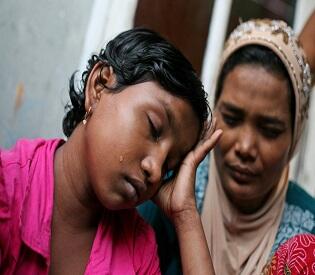
#Burma government and Rakhine Extremists pushed #Desperate and lonely #Rohingya kids to flee by boat #AljazeeraEnglish image via mohmmadibrahim @mohmmadibrahim3, 28 April 2014
The horrors of the Rohingya camps stay with a
man. International aid agencies were expelled from Rakhine State in
early 2014, driven out by a mixture of localised violence and
co-ordinated political pressure.
Rosheda, 20, holds her malnourished child, 2 months old, in front of her
hut in #Sittwe: image via Nay San Lwin @nslwin, 9 May 2014
I come across a makeshift clinic
set up by a local volunteer and his wife in an attempt to make up
for the lack of health care in the camps.
The Burmese government has shamefully neglected to fill the hole
it helped to create, so the sick in the camps flock to shacks like
this one, where out-of-date medicines are piled on a table in the
shadowy interior and the harried health worker -- he stresses that
he's not a qualified doctor -- attempts to help many of those who,
by now, are beyond help. I sit beside a man in his sixties with a
lacerating cough that sends out a spray of fine red mist. The
health worker, portly, sweating, introduces me to his wife. She's
the only midwife in this section of the camp, looking after a
population of many tens of thousands. There is a difficult labour
across the river, she tells me, hefting herself onto the back of a
motorbike.
We continue deeper into the camps. The huts and shacks look
frighteningly flimsy, all the more so when you remember that
Cyclone Nargis battered Burma in 2008, killing around 138,000. I
meet babies blind and bloated from hunger, HIV patients who, now
the aid agencies have gone, are unable to receive antiretroviral
drugs. "I can maybe get treatment outside of the camp," one of them
tells me, "but I'm scared. They will kill me quicker than the
disease." A six-year-old boy, the age of my son, stands with his
mother in front of their shack. He has TB and coughs every few
minutes, his eyes bulging. He spits red at my feet. Tumours cluster
around the skin of his neck and under his arms. His mother strokes
his hair, sobbing.

#Rohingya in IDP Camp in Sittwe have no permission to go out to take Medicine and treatment No Hospital @UNrightswire: image via mohmmadibrahim @mohmmadibrahim3, 19 April 2014
By the end of the day, I've spoken to dozens within the camps.
I've seen the clinics built by the government but left locked and
unstaffed, as if taunting the desperate and dying around them. I've
seen so many lying out on their deathbeds, so many clearly
suffering the effects of malnutrition, so many crushed by the
poverty and drudgery and hunger.
That these camps exist anywhere in the world is a shock, worse
still that they exist in a country which is currently receiving a
flood of foreign investment in the wake of the military junta's
tentative steps towards democracy. That evening, the tuk-tuk
rattling through the rising mist, we leave over a bridge built by
the British in the Second World War. As we wait for our turn to
cross, a young man leans into the tuk-tuk. "Go to see Aung
Mingalar," he says. "It is worse for them there."
Life of #Rohingya under genocidal blockage of #Arakan #Burma #Sittwe #Myanmar: image via Adnan Kiani @makiani2005, 20 April 2014
Aung Mingalar is a ghetto under siege, wrapped behind ribbons of
tangled barbed wire, heavily armed guards blocking every road
leading in or out. I know several journalists who've tried to get
in and failed. Aid agencies were allowed in until the end of 2013.
Since then, no one really knows how bad things are for those living
in the ghetto. In my efforts to get inside, I'm introduced to a
tuk-tuk driver who used to work for French NGO (non-governmental
organisation) Action Contre la Faim. He tells me he knows one of
the guards. We pull up to the gatepost and the driver gets out.
There is a moment when I think we've succeeded, but the driver's
shoulders sag and comes back to me shaking his head.
@akyabsittwe: #Rohingyas R under the rain #plz help us *AungMinGalar #Sittwe #Burma": image via Abbie @Abbie_019, 11 May 2014dnan Kiani @makiani2005, 20 April 2014
I decide to try a more direct route. I get the driver to drop me
a hundred yards from the western entrance to the ghetto. I can see
six guards watching me approach, four on one side, two on the
other. They hold their AK-47s across their chests. I can feel my
pulse behind my eyes and force myself to take slow breaths.
Ignoring the guards, I march forward, hurrying into something
between a walk and a run when I pass the barricades. I make it 30
yards or so before the guards catch up with me. In that time I'm
able to see wide, empty streets, a group of skinny youths breaking
rocks by the roadside, a baby with his hands wrapped around a
bulging belly.
The guards have their machine guns pointing at me, one is
shouting in Burmese. I hold up my hands, smiling and allow myself
to be led into the barracks beside the gatehouse. I'm forced down
into a chair and offered a cigarette. I don't smoke, but I take it
anyway. The guards look at me closely and, for want of anything
better to do, I hold out a photocopy of my passport. They pass it
around, speaking animatedly. "Tourist," I say, smiling dumbly.
"Just a tourist." Finally one of them gets on his motorcycle and
heads off, not, as I'd thought, into Sittwe, but towards the centre
of Aung Mingalar. I smoke the cigarette down as I wait. More guards
arrive, a senior-looking police officer who's been awoken from a
nap and is in his vest.
Finally the guard comes back on his motorbike with, riding
pillion, a young Rohingya man. "I speak English," he says. "My name
is Myo Win. You can't be here." I ask him why not and sudden,
surprising tears spring to his eyes. "Because of the attacks,
because of what it's like inside. They have told me to tell you
that if you leave now, you can go. Otherwise..." He looks towards
the police officer in the vest and shakes his head. I take him by
the hand and say goodbye, wave buffoonishly to the guards and make
my way back through the barricades, to freedom.

Burnt pages of the Quran after religious riots: photo via British GQ, 11 February 2015
"As a monk I shouldn't say this, but there is
only one way to solve the problem: we must fight back. We must
fight violence with violence." The chief monk of the village temple
is in his early forties, a heavyset man in orange-gold robes, his
bald head glistening with sweat in the fierce heat of early summer.
He won't give me his name. "Monks are still men," he continues,
"and as men, we won't stand by and watch our villages being taken
over, our women raped."
@bbcburmese USDP party of terrorist leader #Thein Sein has started using #Buddhist #Dhammaryun for 2015 election as they did B4: image via Aung Aung @Aungaungsittwe, 26 March 2015
We are sitting on a raised bamboo platform at the back of the
dilapidated monastery in a village in the western outskirts of
Sittwe, just outside of the Rohingya camps. Surrounded by barbed
wire, the monastery is a battered brick shell, fluttering bunting
strung across its prayer hall, the roof open to the elements.
Towards the ocean, whose distant roar can be heard above the
chirping of crickets and the crying of village children,
dark-leafed mango trees droop their heavy green fruit.
It has taken a while to find the monastery. We'd stopped to ask
directions at a village house. While a man made vague gestures
westwards, his wife ran inside. As we walked away, my photographer,
Kaung Htet, told me that he'd heard her phoning the secret
services, warning them that "Americans" were poking around a place
off limits to foreigners. We'd have to be quick.
#969 terrorist leader #Wirathu and #Rakhine Army: image via Aung Aung @Aungaungsittwe, 13 April 2015
The road outside the monastery bore the scars of the vicious
fighting that has rolled unchecked through the region since 2012 --
broken glass, blackened hedges. We were ushered inside the
monastery compound and onto the platform, where the chief monk sat
cross-legged and stately, a line of wicked-looking machetes laid
out to one side of the bamboo lean-to. Novices in robes of deep
burgundy stood watching.
The chief monk sees himself as a frontline warrior in the battle
to stop his country being invaded by the people he calls "Bengalis"
-- the Rohingya. He is one of the Buddhist monks who, in the face of
what they see as an international conspiracy funded by Muslim
countries from Saudi Arabia to Malaysia, are taking up arms against
Islam. He points to white-lipped scars running across his arms,
dark burns on his wrists and fingers. "I got these fighting the
Bengalis," he says. "Danger is always here for us. There are
Bengali houses just there." He gestures to a group of makeshift
huts on the horizon, part of the Rohingya camps which stretch for
mile after mile down the coast. "During the violence, hundreds of
Bengalis attacked us and tried to set the village houses on fire.
We caught a group of them with bottles of gasoline and lighters.
They told us their imam had ordered them to set the village on
fire." In June 2012, he tells me, more than a thousand Rohingya
launched an assault on the village. "At first we thought it was a
Muslim funeral, there were so many of them. Then we realised it was
an attack. We had to fight for our lives." Witness reports paint a
much murkier picture, suggesting that the Rohingya were merely
fighting off Buddhist attackers.
@JamilaHanan Look at this car, 969 #Buddhist programs of #Sitagu, head of 969, teacher of #Wirathu going around and spreading hate: image via Aung Aung @Aungaungsittwe, 9 March 2015
I ask the chief monk about Ashin Wirathu, the monk who dubs
himself the "Burmese bin Laden" and leads the viciously anti-Muslim
969 Movement. Wirathu had recently visited Rakhine State, giving
hate-filled speeches to crowds of thousands about the wickedness of
the "kalars" (a highly offensive term for Muslims) and the need for
Rakhine Buddhists to defend themselves at all costs. "Wirathu is a
good man," the chief monk says. "He's just trying to prevent bad
things happening, to protect the integrity of Buddhism.
An interview with Ashin #Wirathu and a glimpse into #Rohingya camps #Religion #Burma #Myanmar: image via Andrew Bateman @Andrew_Bateman, 9 March 2015
"The media are all owned by Muslims, and they paint only
negative pictures of him." At the mention of Wirathu, the chief
monk's temper seems to snap. His voice rises, his words coming out
fast and jumbled. One of the novice monks begins to smack a hammer
into his hand just behind me. "The media accuse us of having put
the Bengalis in concentration camps. But there are no gas chambers
here. The NGOs like Médecins Sans Frontières and Malteser
International were all helping the Bengalis. They were training the
Bengalis to attack our country. We found explosives and ammunition
in the NGOs' warehouses."
His voice has pitched to a shriek. All of a sudden, he stands,
lifting his heavy body remarkably quickly, and orders us from the
monastery. When Kaung Htet tries to take his picture, he holds up a
hand and gestures again for us to leave, marching us out of the
gates and back into the village. He is there, watching, arms
crossed, as we walk back along the dusty road towards town.

Demonstrators against Burmese ethnic cleansing and Islamophobic genocide: PA photo via British GQ, 11 February 2015
Four days later, I'm at Mandalay airport to meet
Ashin Wirathu. Wirathu's 969 Movement has been the vanguard of
Burma's anti-Muslim feeling, with the monk leading rallies in which
he calls for Muslims to be expelled from the country, for a
crackdown on the Muslim men he accuses of forcing Buddhist females
into polygamy and apostasy.
Wirathu has been an extraordinary beneficiary of the country's
recent reforms. Arrested with four of his followers in 2003 for
inciting anti-Muslim violence, he was originally sentenced to 25
years in jail. He was released in 2011 as the government liberated
the vast majority of political prisoners. Since then, Wirathu has
seized upon the huge growth of social media in a country where
Facebook was banned until three years ago. Every day, Wirathu's
Facebook page is updated with the details of alleged new Muslim
atrocities - murders, bomb attacks and, above all, rape, which he
claims is used by Muslims not only as an instrument of terror, but
as a way of carrying out a sub rosa colonisation of the country. He
tours Burma constantly, his vituperative speeches swiftly
disseminated on YouTube.
GQ has been granted a rare audience with Wirathu;
better still, he's invited me to come and spend two days in the
compound from which he runs the 969 Movement. It's an unprecedented
glimpse into the activities of this charismatic monk, one of the
key players in the rapidly evolving Burmese political
scene.
The next day, having caught only a brief glimpse of the monk as
he was shuttled from the airport to a late-night 969 rally, I set
off for our meeting. We drive through Mandalay's sprawling grid of
streets, past the vast, walled palace, once the home of the royal
family, now headquarters of the Tatmadaw, Burma's mighty military.
Still, signs adorn the walls cheerily proclaiming that "Tatmadaw
[will] crush all those harming the union."



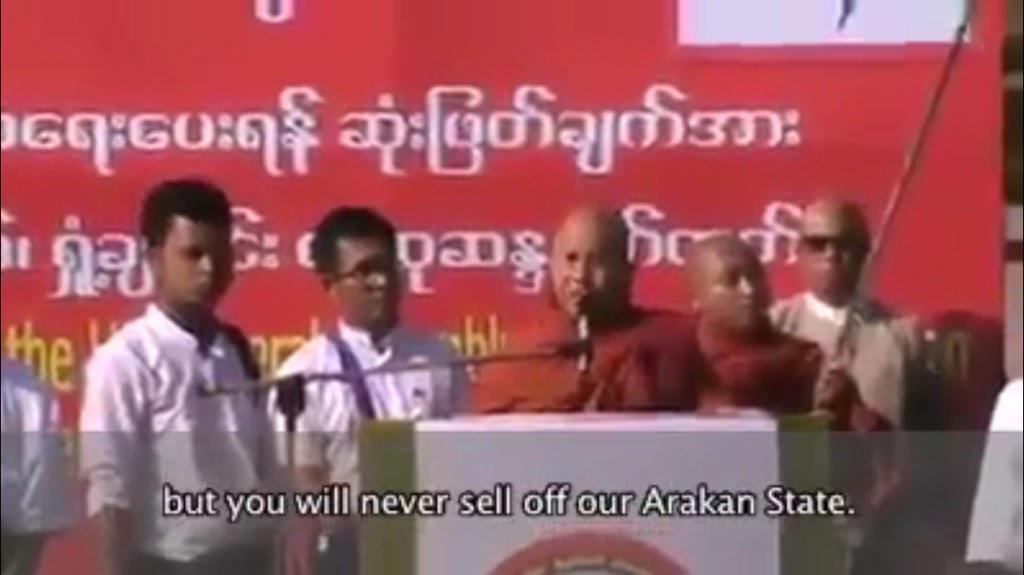
Can such #intolerant words come from a #buddhist? '#Wirathu calls UN envoy a ‘whore’: image via Maharani Frangipani @MaharanMyanmar, 23 January 2015
Wirathu's compound sits within the New Masoeyein Monastery, over
the brackish waters of the Irrawaddy River from the town's huge
jade market. In the stillness of the morning, as we step from the
car, the cries of market traders can be heard across the
river.
A novice sweeps the ground in front of the building in which
Wirathu lives and works, a three-storey wooden block. Clouds of
dust whip up around the huge billboard pinned to the side of the
building. It is a grisly collage of alleged Muslim atrocities: a
beheaded baby, blue and green gore spewing from the dark hole of
his neck; murdered monks lying in a road; machete-hacked women; a
group of men in Muslim garb burning bodies outside a
pagoda.
Wirathu arrives in his SUV and we stand talking for a moment in
the cool morning air. I notice that a hair protrudes from a
follicle in his neck. It is thick and dark and at least eight
inches long. We make our way into the building, where a group of
969 members stand around. Others sit eating breakfast in the
refectory that seems to double as a dormitory. Wirathu eases
himself into a wicker chair and gestures for me to sit at his feet.
I do so, reaching to stroke the dog that patters in and out of the
building, searching for titbits.
Noises echo around us as we talk: the shriek of brainfever birds
outside, a monk hawking and spitting in an upper room, the clatter
of plates. Behind Wirathu stands a monk who introduces himself as
969's press officer. He records our discussion and, every time
Wirathu uses the word "kalar" (as loaded and abhorrent as
"nigger"), he leans respectfully forwards and intones, "Muslim."
Wirathu ignores the correction.
#Wirathu "Certains disent que je suis le nouvel Hitler" #Birmanie: image via Emilie Gougache @MilieGgch, 22 February 2015
I ask Wirathu about the situation in Rakhine. There is a serious
threat from terrorists, he tells me, with Muslims looking to carry
out attacks across the state. The blame lies firmly with the
international community. "You should go there and see the terrible
things the NGOs have done," he tells me. "Most of the money from
the Muslim world that is supporting the Bengalis [the Rohingya] is
being channelled through the NGOs. Saudi Arabia is funnelling money
through the NGOs. The NGOs are all working for the Rohingya; they
are discriminating against the native Rakhine."
He tells me how Muslims have taken over the country, flooding
across the border from Bangladesh, snapping up jobs, seizing
control of key industries. "In Yangon," he says, "most of the
construction companies are owned by Muslims. You can rarely find
Buddhists there. They have contacts within government that allow
them to do business more easily in Burma than Buddhists."
We move on to speak about Wirathu's Facebook campaign to spread
news of alleged Muslim crimes in the country. I question whether
the small number of Muslims in the country -- at last count less
than five per cent of the population -- could really carry out
attacks on the scale that Wirathu claims.

#UN Urged, #US Calls on #BurmaMyanmar to stop the on going one sided Violence in @Rakhine State, #Burma has no such intention: image via mohmmadibrahim @mohmmadibrahim3, 23 April 2014
"Rape by Muslims of Buddhist girls is a very frequent event in
Burma," he tells me. "An everyday occurrence. I post as many of
them as I can on my Facebook page, just to let people know how
common it is. Today I'll post a case on my site that happened last
month and the man has just been sentenced."
#MyanmarArmy used gunpoint to collect wrong census Data village to Village, by force: image via mohmmadibrahim @mohmmadibrahim3, 22 April 2014
He goes on to say that one of 969's key roles is supporting the
families of those attacked by Muslims. "There was a case in
Mandalay," he says. "A six-year-old Burmese girl was raped by a
55-year-old 'kalar' landlord. I supported the family of the girl. I
found them another place to stay during the trial. There was
another rape case in Yangon, a similar situation, where I supported
the family with money from my own pocket."
#TSein #Wirathu #ASSK #Silence on tue en @BIRMANIE @VoiceRohingya @Islametinfo @ccif @InfoBirmanie: image via Collectif HAMEB @Collectif HAMEB, 6 March 2015
It feels strange to come this far in an article about Burma
without mention of the country's great human-rights heroine, Aung
San Suu Kyi, but this is symptomatic of her stance on anti-Muslim
violence in general and the plight of the Rohingya in particular.
She has been silent in the face of the bloodshed, trying to explain
it away as the natural result of the country's move towards
democracy. More charitable commentators suggest that Daw Suu, as
she's known, is playing a political game.
Others, such as Mark Farmaner of Burma Campaign UK, are more
critical. "I think she has seriously miscalculated her response to
anti-Muslim violence in Burma," he tells me. "She has ended up with
the worst of both worlds. On the one hand, she hasn't spoken up for
an oppressed and endangered minority, on the other hand, she's
still being attacked by the 969 Movement and losing support because
there remains a perception that she's friendly to Muslims. Because
she didn't take a firm moral stance against anti-Muslim feeling
from the start, using her moral authority, she has opened the way
for people like Wirathu to act with absolute impunity."
#HyperCacher #bouddhisme #bouddha @pizzahut #birmanie #wirathu #islam #genocide @benladen @hyper_casher @Vincennes_9...: image via Renaud Bizart @renaudbizart, 16 March 2015
I notice that Wirathu wears a deep-blue tattoo of a peacock on
his inner arm -- symbol of Aung San Suu Kyi's National League For
Democracy party. He gives a little chuckle and makes as if to scrub
it away. "As a political leader, I used to really admire her, but
from a nationalist point of view, I don't think she should be
president. There's no way she should run the country. She is
inefficient in terms of national security, but more than this, she
has opposed the 969 Movement, publicly criticised us. For example,
she said that the two-child policy and interfaith marriage law were
against human rights. This means she is against us."
An interview with Ashin #Wirathu and a glimpse into #Rohingya camps #Religion #Burma #Myanmar: image via Andrew Bateman @Andrew_Bateman, 9 March 2015
I finally touch on Wirathu's closeness to the very same military
that imprisoned him. From external commentators to the people I
meet on the streets of Mandalay to members of Wirathu's own inner
circle, I hear repeated claims of government support of 969 and,
particularly, of Wirathu's relationship with a member of Burma's
lower house by the name of Aung Thaung. The monk bristles visibly
when I say the name, his voice dropping into a deep growl, his eyes
fixing themselves upon me. "I've only met Aung Thaung once in my
life, after my release from prison after the amnesty in 2012. The
minister came here and sat exactly where you are now and I offered
him some robes. That's the extent of our relationship. I've had no
contact with him by phone, or email or letter. Nothing. Not with
him, nor with his followers."
Wirathu stands up. It is clear that the interview is over.

Buddhist mobs attack Muslim businesses: PA photo via British GQ, 11 February 2015
Barack Obama has held up Burma as an avatar of
global democratic meliorism. He speaks of offering the "hand of
friendship" to President Thein Sein and was swift to remove most of
the US sanctions against the regime in the wake of 2011's
reforms.
Obama and the majority of the Western world want to put their
faith in a narrative that sees Burma -- previously lumped with North
Korea and Iran as an "outpost of tyranny" -- as a rehabilitated
pupil, won over to the benefits of political and economic
liberalism. The truth, alas, is far murkier and much more
sinister.
Certainly the government has released the vast majority of its
political prisoners, although many still remain in jail, including
a number of Rohingya arrested only for voicing their anger at the
treatment of their friends and family. The press has theoretical
freedom of speech, although, again, to speak of the Rohingya is a
risky business, with several journalists locked up for reporting on
life in the camps.
With elections in 2015, it is too soon to know whether the
military will truly let the opposition contest freely. Aung San Suu
Kyi is still banned from taking office due to a line in the
constitution that forbids those married to foreigners becoming
president (her late husband was the Oxford academic Michael
Aris).
#Aung San Suu Kyi's 'silence' on the #Rohingya: Has 'The Lady' lost her voice? She fear upcoming elections in #Burma:
image via mohmmadibrahim @mohmmadibrahim3, 20 April 2014
Burma is of enormous importance for both China and India as the
great eastern economic migration continues. As Thant Myint-U, one
of Burma's leading intellectuals, has said, "What China is lacking
is its California, another coast that would provide its remote
interior provinces with an outlet to the sea." Burma, Thant Myint-U
says, is seen by China "as the bridge to the Bay of Bengal and the
waters beyond". And yet, colouring everything, is the stain of the
"slow-burning genocide" taking place in Rakhine State, the violence
against Muslims across the rest of the country. Some try to paint
this as a sad but understandable corollary of the coming of
democracy, others claim that the Rohingya are recent arrivals from
Bangladesh and ought to be sent back.
The clamour for action grows louder. Many now argue that the
government of Burma should be held responsible for the horrors
being perpetrated. As Tomás Ojea Quintana, the UN's special
rapporteur on Burma, put it to me when I spoke to him on my return
from Sittwe, "There has been a history of systematic discrimination
against Rohingyas in Rakhine State. This has been aggravated by the
government, with the conditions in IDP [internally displaced
people] camps becoming dire and the police being accomplices in
some of the massacres carried out against the Rohingya."
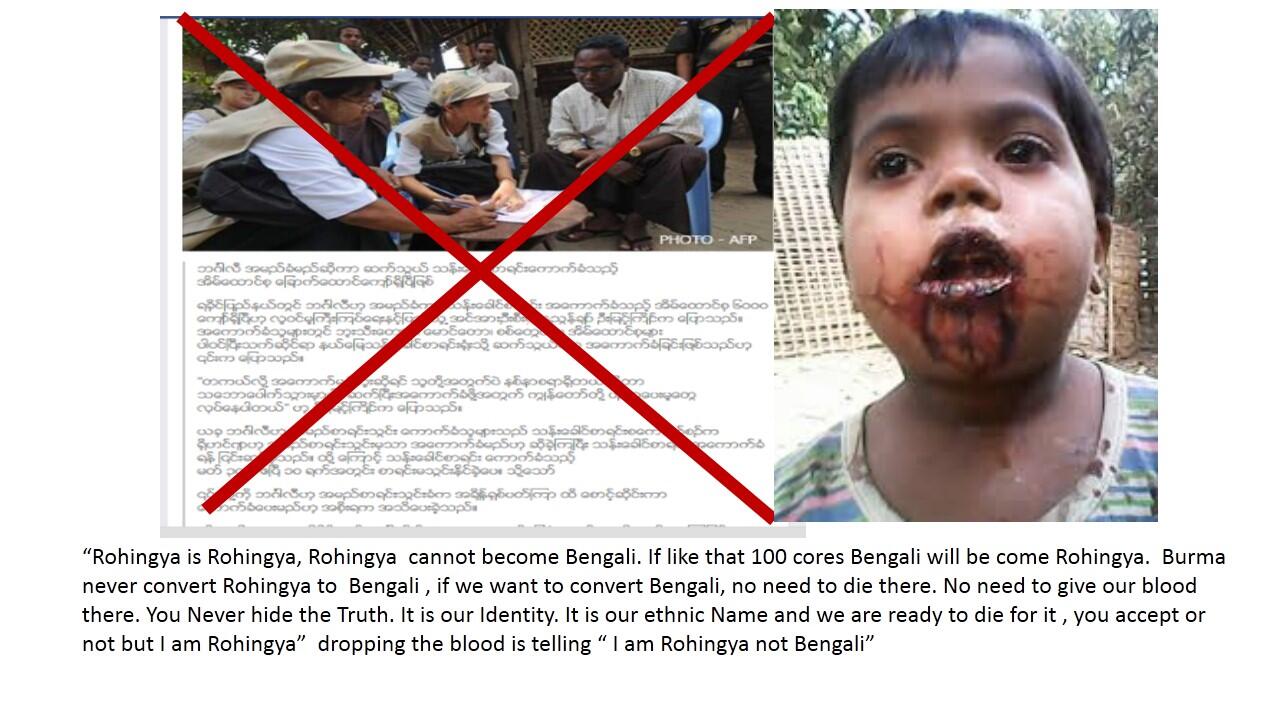
#Burma cannot convert #Rohingya to #Bengali by force, we are dying for sake of our ethnic name and our Identity: image via mohmmadibrahim @mohmmadibrahim3, 24 April 2014
Another staunch defender of the Rohingya, former US senator Tom
Andrews, now head of human-rights organisation United To End
Genocide, sees in Burma the victory of "the politics of hate, the
politics of fear [led by] a few bitter, radical monks". He views
the plight of the Rohingya as a crucial test, not only of Burma's
emerging democracy, but of the West's willingness to intervene in
humanitarian crises. "There's no one domestically to stand up and
speak out for the Rohingya. This makes it all the more important
for the international community to exert power and make it
count."
@JamilaHanan Look at this car, 969 #Buddhist programs of #Sitagu, head of 969, teacher of #Wirathu going around and spreading hate: image via Aung Aung @Aungaungsittwe, 9 March 2015
IV...Monks with Guns
#Wirathu and two Rakhine Nationalists discussing how to drive Rohingya out from Arakan? #PriorityRohingya: image via Aung Aung #Aungaungsittwe, 16 July 2013
old pic from #Burma #Myanmar at the #ShwedagonPaya hopefully this is not what #Wirathu will preach - #Monks and #Guns: image via ayeshas @ayeshasitara, 11 September 2013
#Wirathu deployed monks to a #Mandalay court in defense of an official accused of rape: image via OpRohingya @OpRohingya, 13 July 2013
Nazis et bouddhistes, bienvenue en #Birmanie | #Wirathu #Myanmar #Burma #Rohingya #buddhism: image via Rémy Fayon @rfayon, 27 June 2013
Known #Myanmar monk #Wirathu in protest agst #UN special rapporteur Yanghee Lee's visit 2 Myanmar@ChannelNewsAsia: image via May Wong @maywongcna, 16 January 2015
#Myanmar #Burma Where's #Wirathu? Monk Says He’s Blocked on Social Media Hashtag sad face: image via Richard Potter @RichardSP86, 28 October 2014
Um.. that's my photo you are using illegally without licensing. Please remove it. RT @969Movement #Wirathu quote: image via Adam Dean @adamjdean, 7 August 2013
#Wirathu is back! Radical Monk in #Myanmar Pledges to Protect Global #Buddhism via @nytimes: image via Ruom @RuomCollective, 29 September 2014
Hope @anadoluagency report the prominence given to terrorist #wirathu in #SriLanka @AsedBaig: image via HudHud @FathimaTL, 28 September 2014
#Wirathu meets #Gnanasara -- the axis of Buddhist extremism in #Burma #SriLanka: image via Liam Allmark @allmark21, 9 March 2014

#Burmese monk #Wirathu is a disgrace to his country.: image via James Williams Liam Allmark @jlwilliamsjrallmark21, 19 January 2015


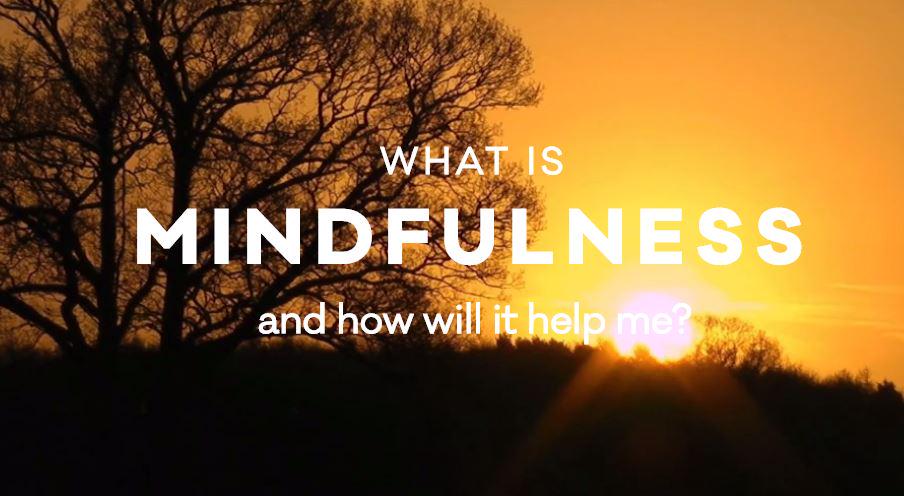
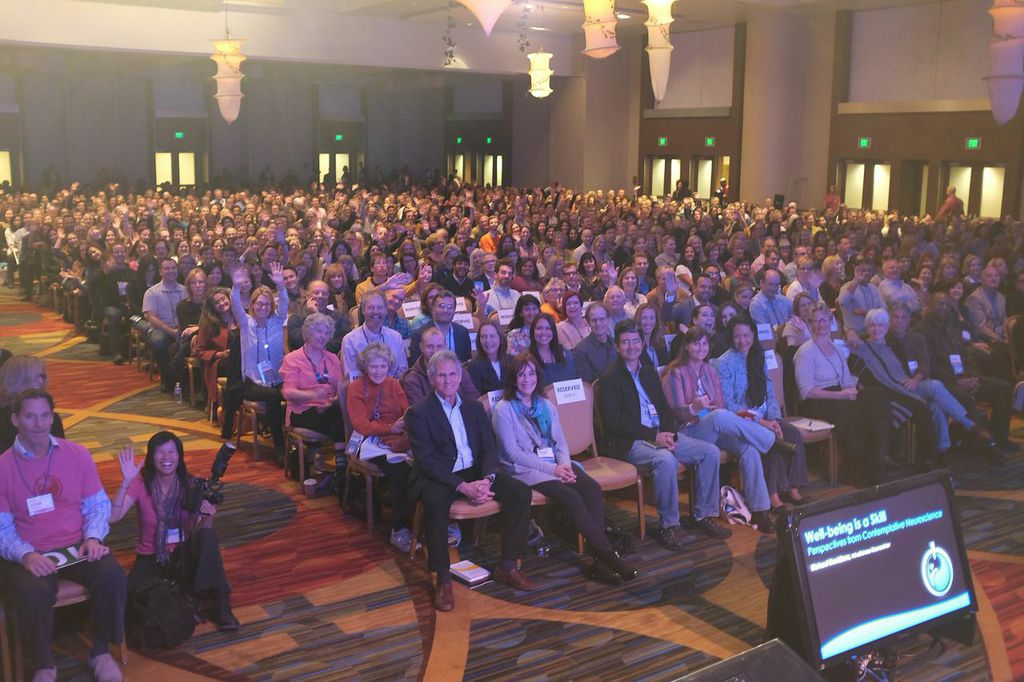
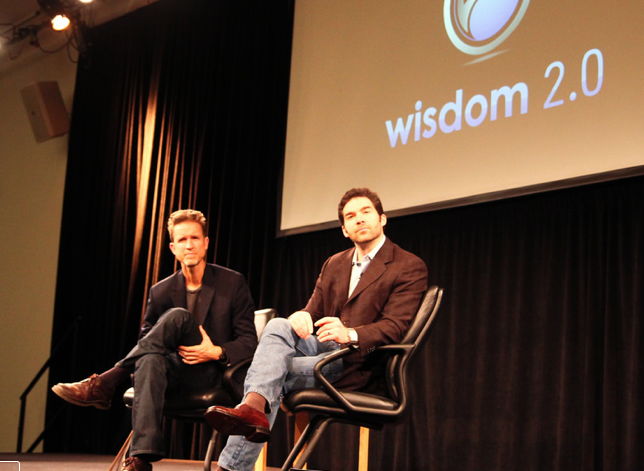
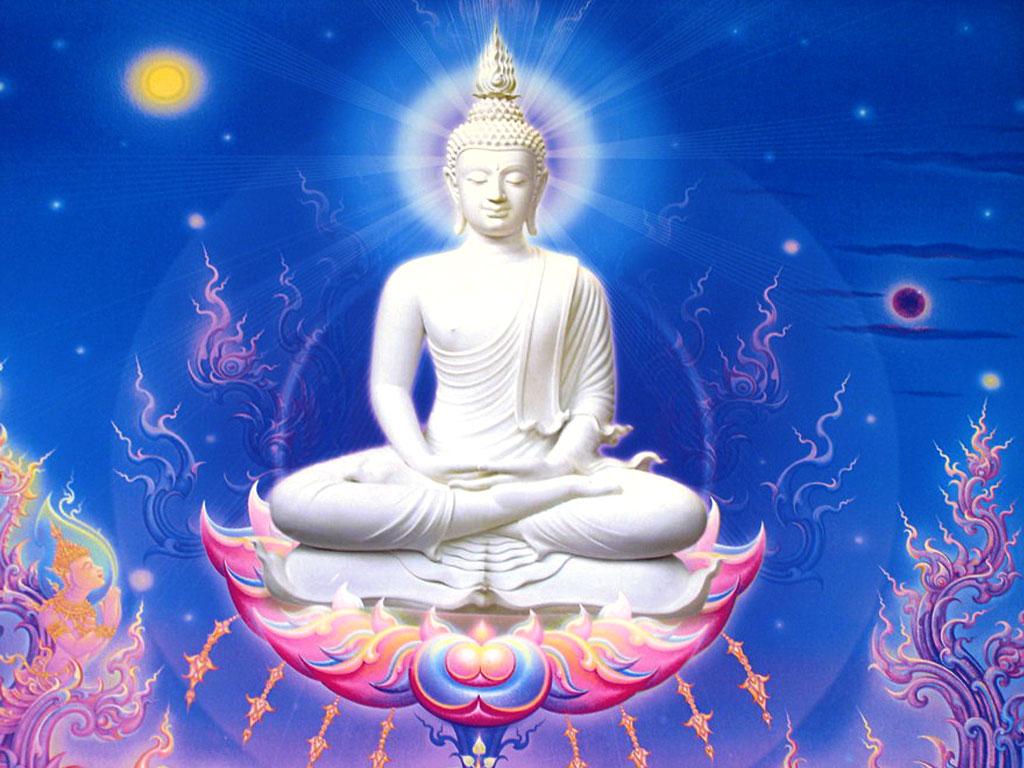



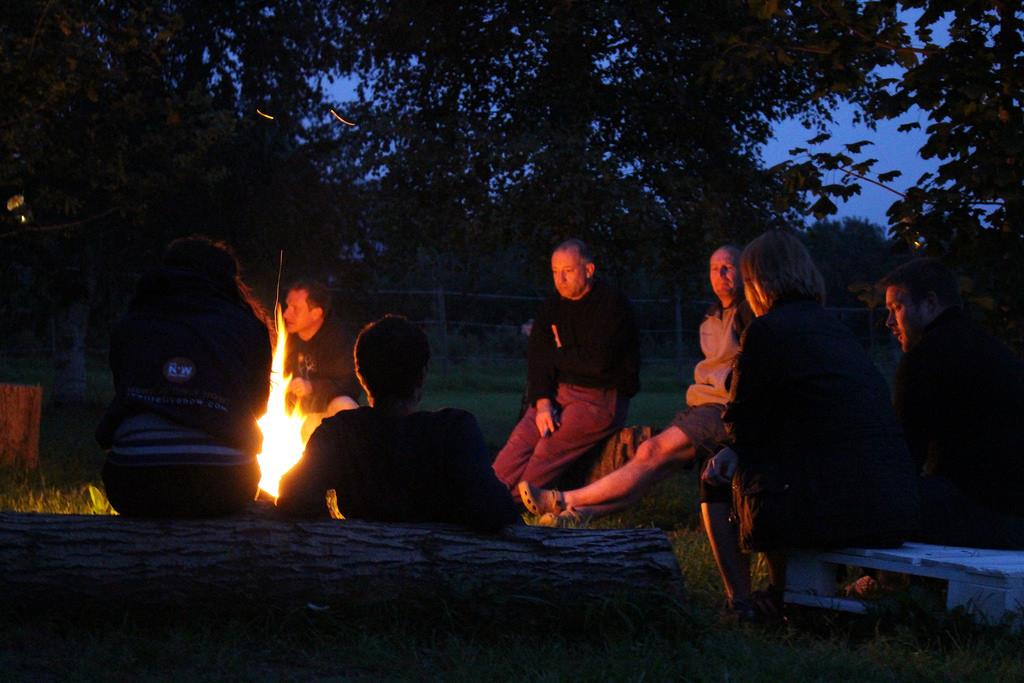



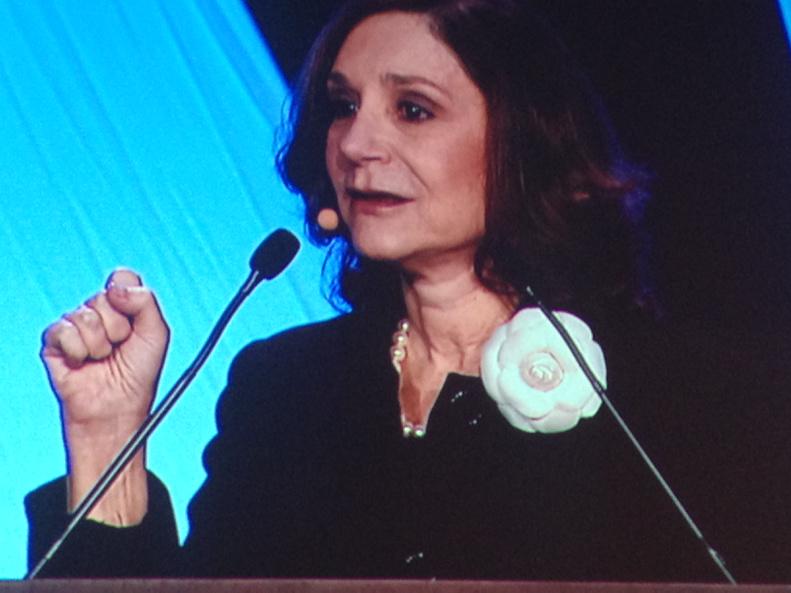
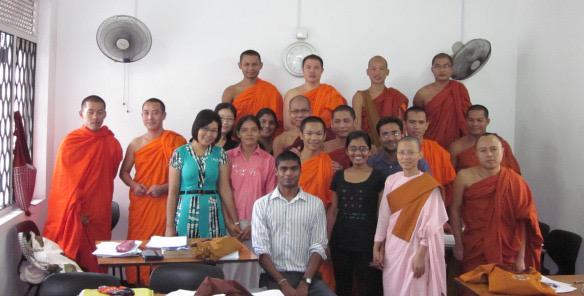

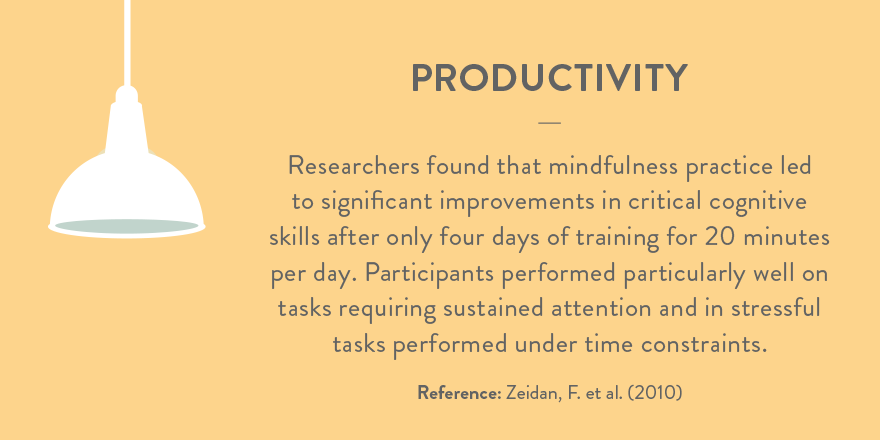

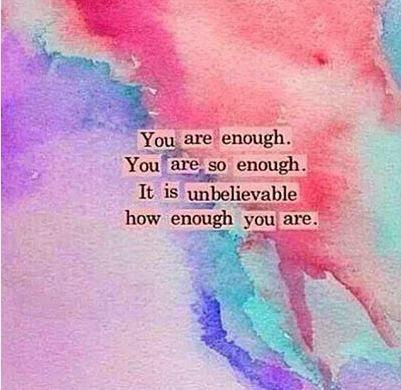

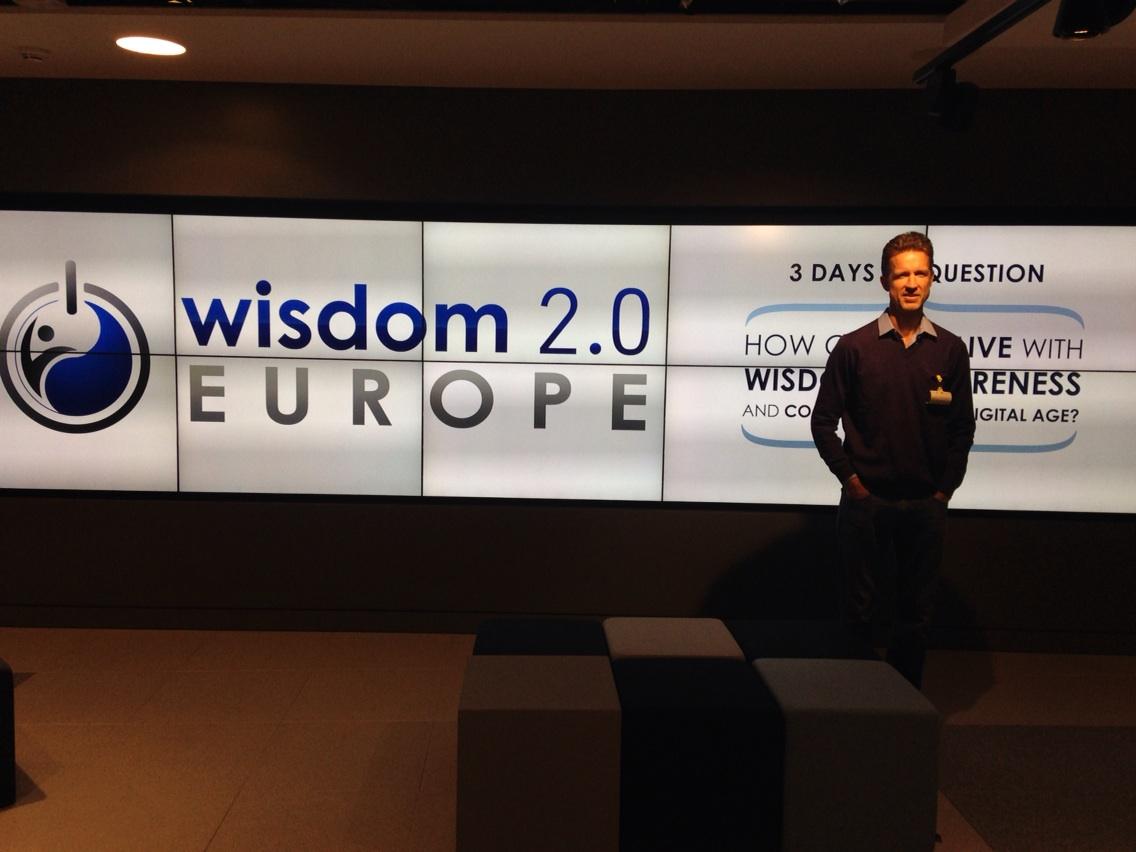
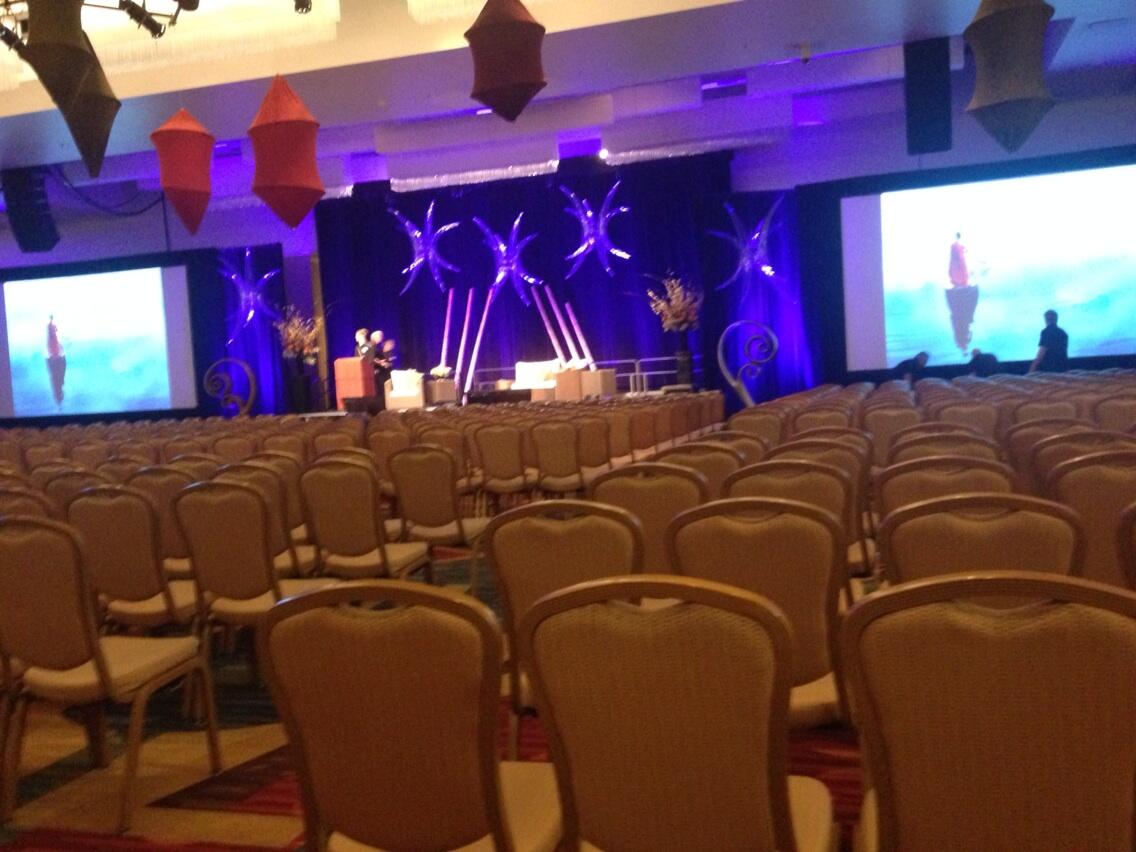

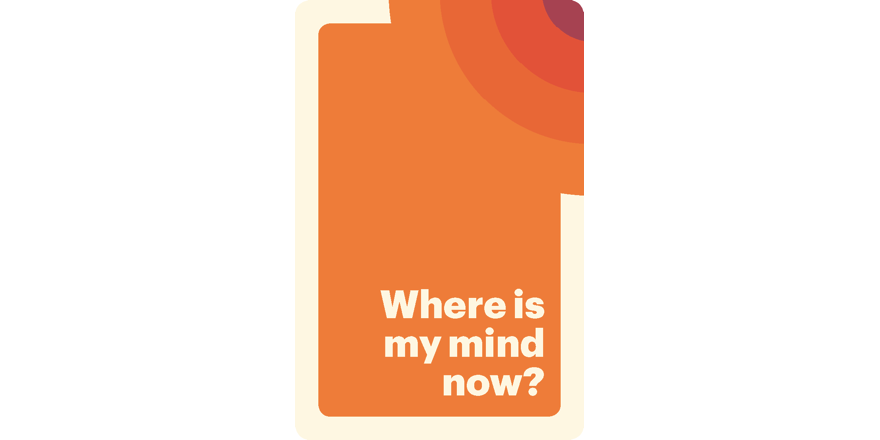






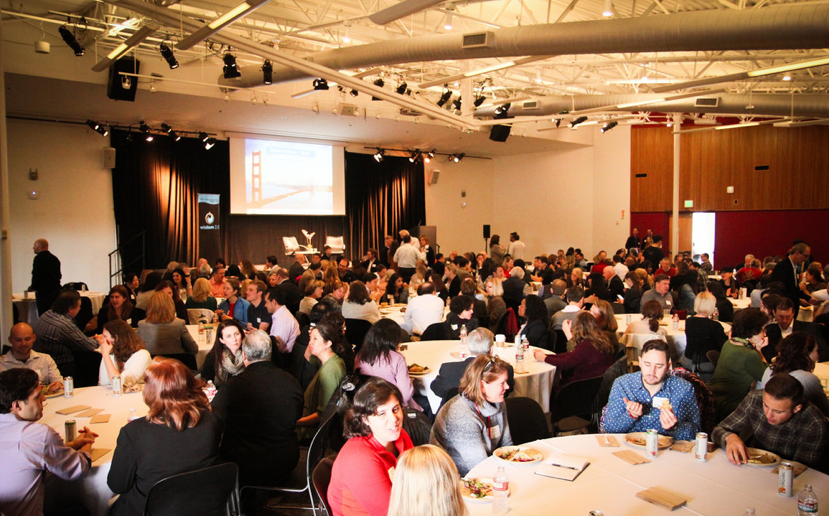



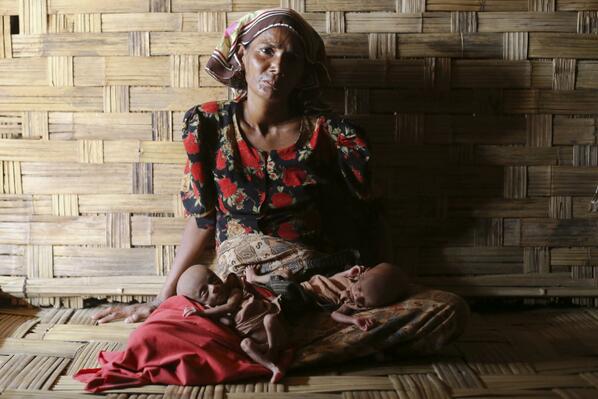



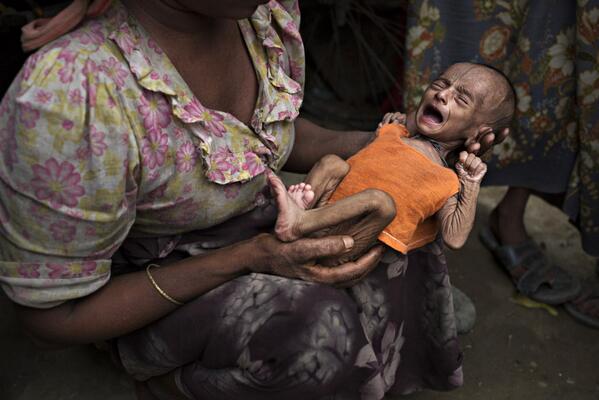
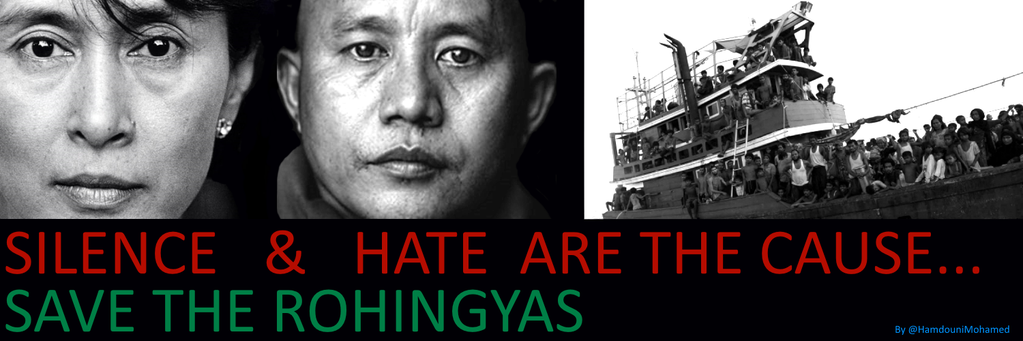
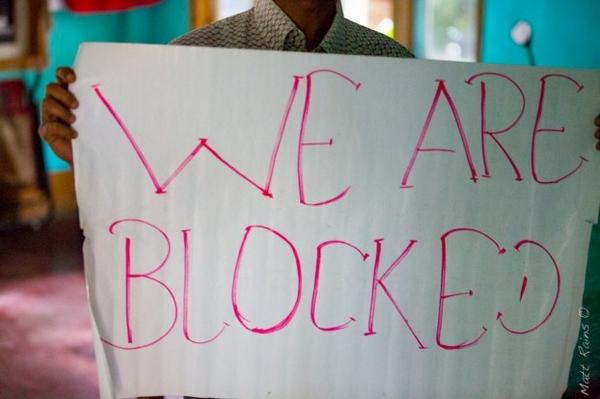
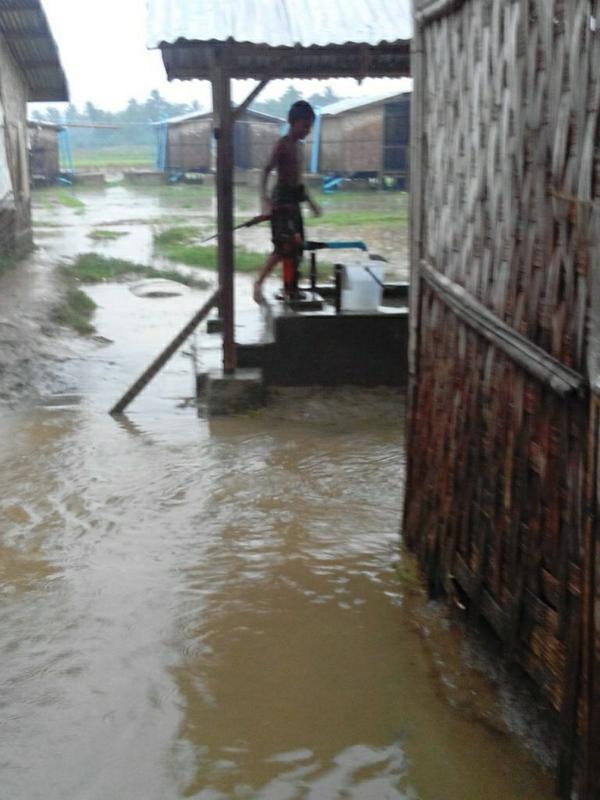
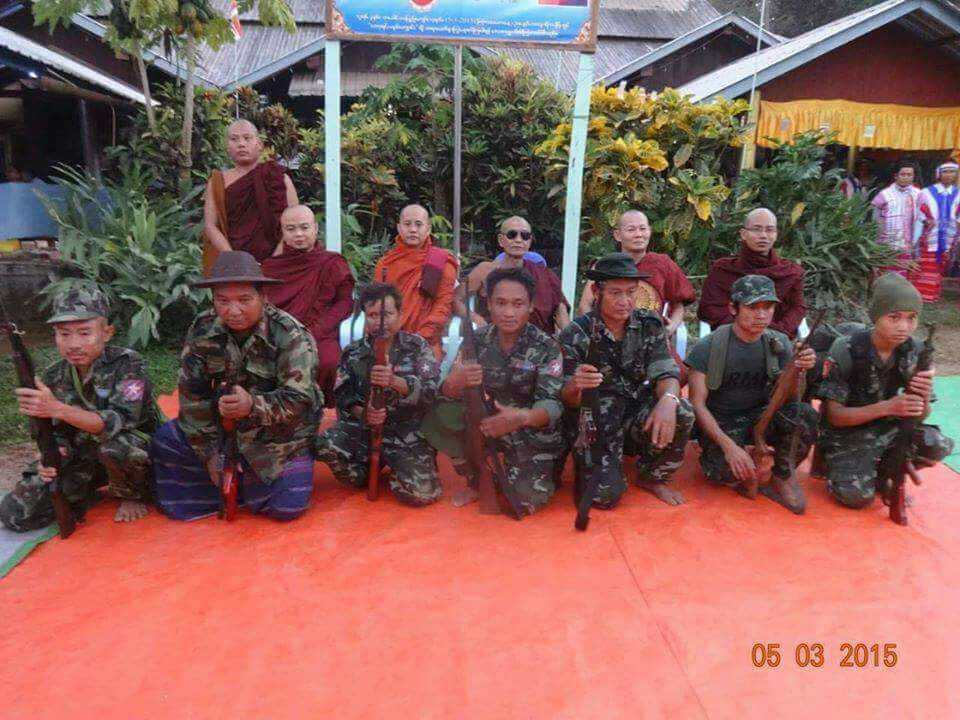
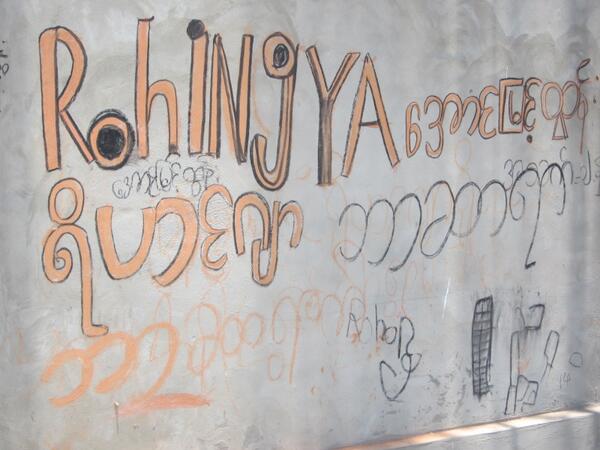


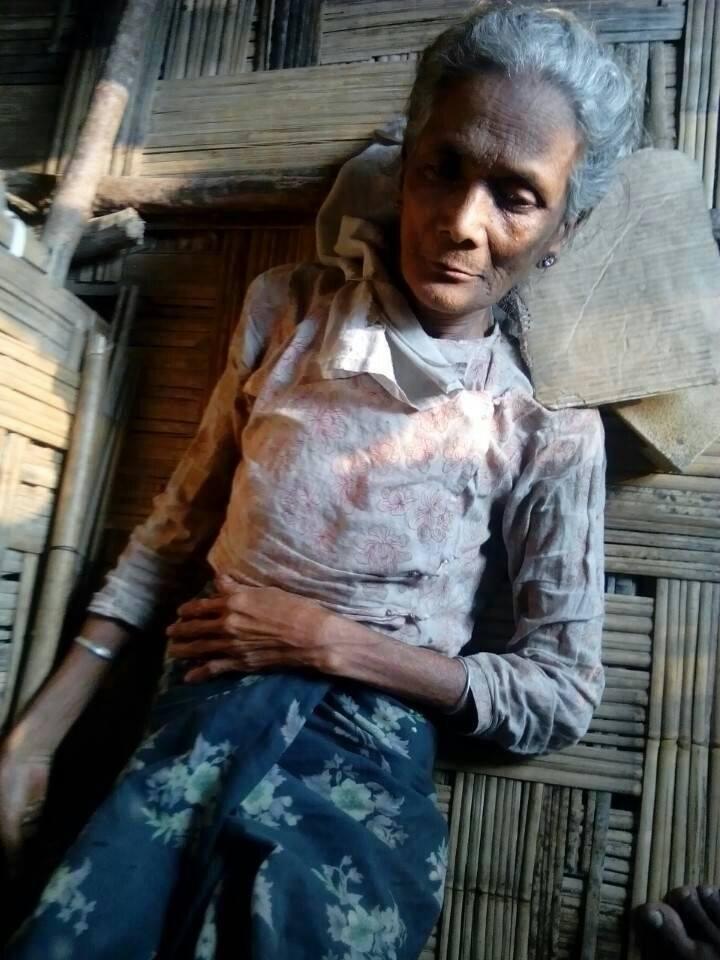


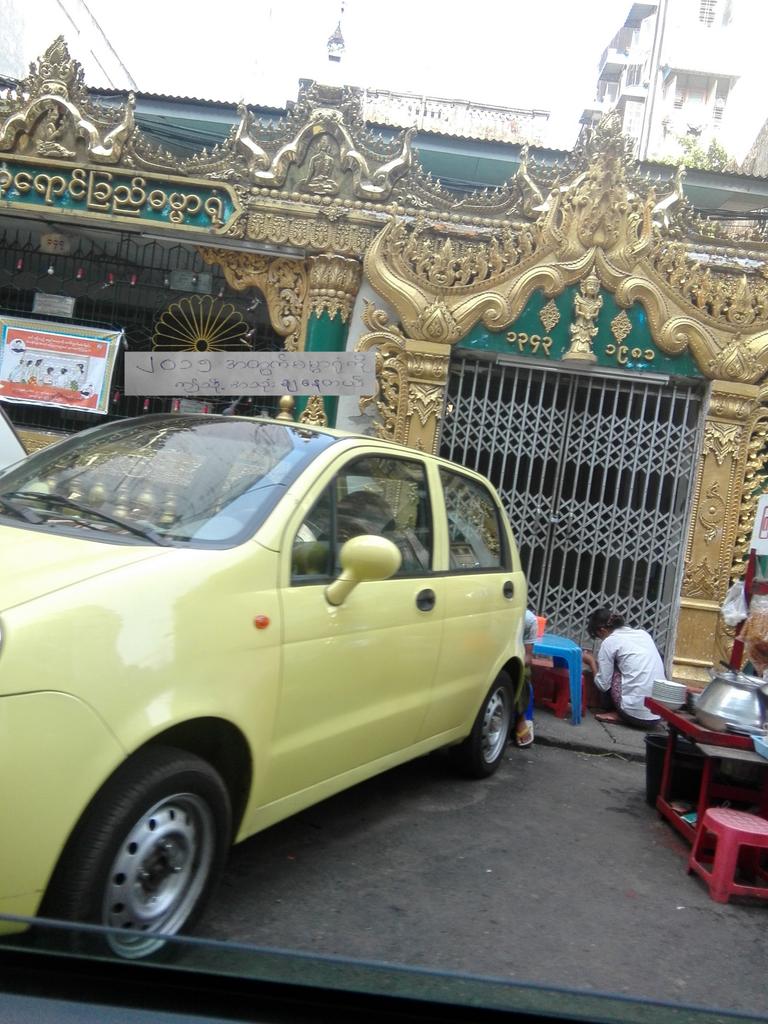
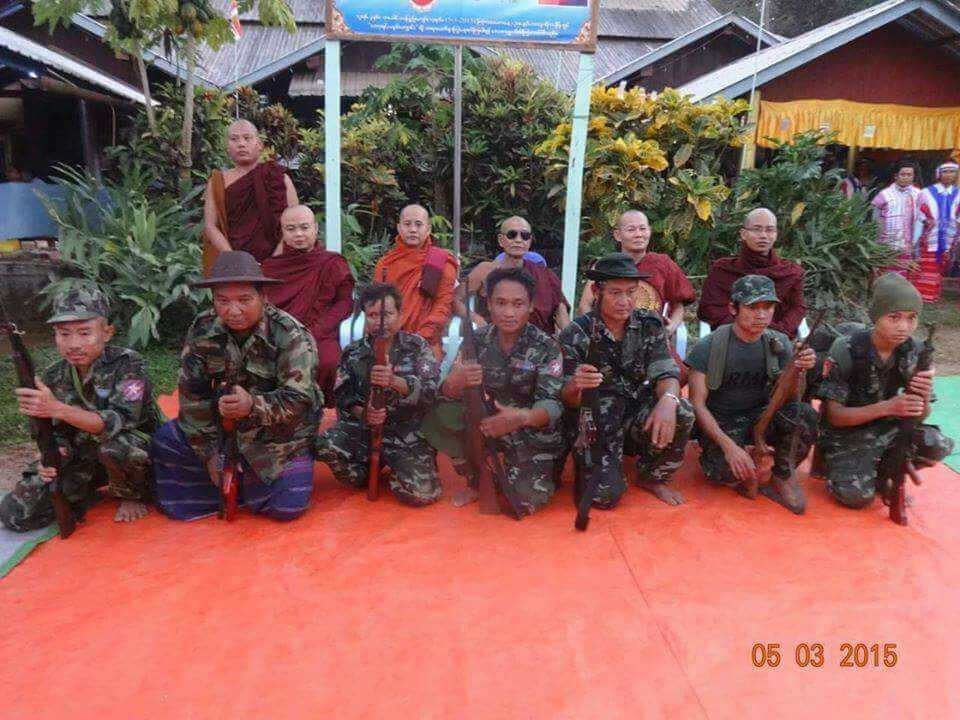
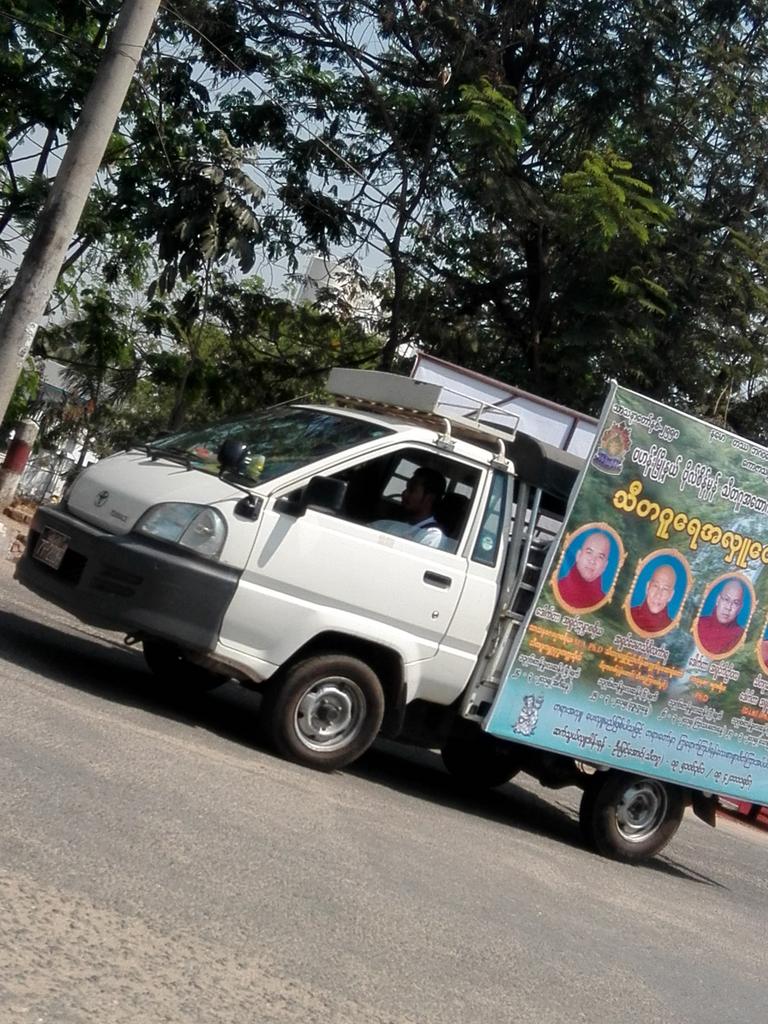
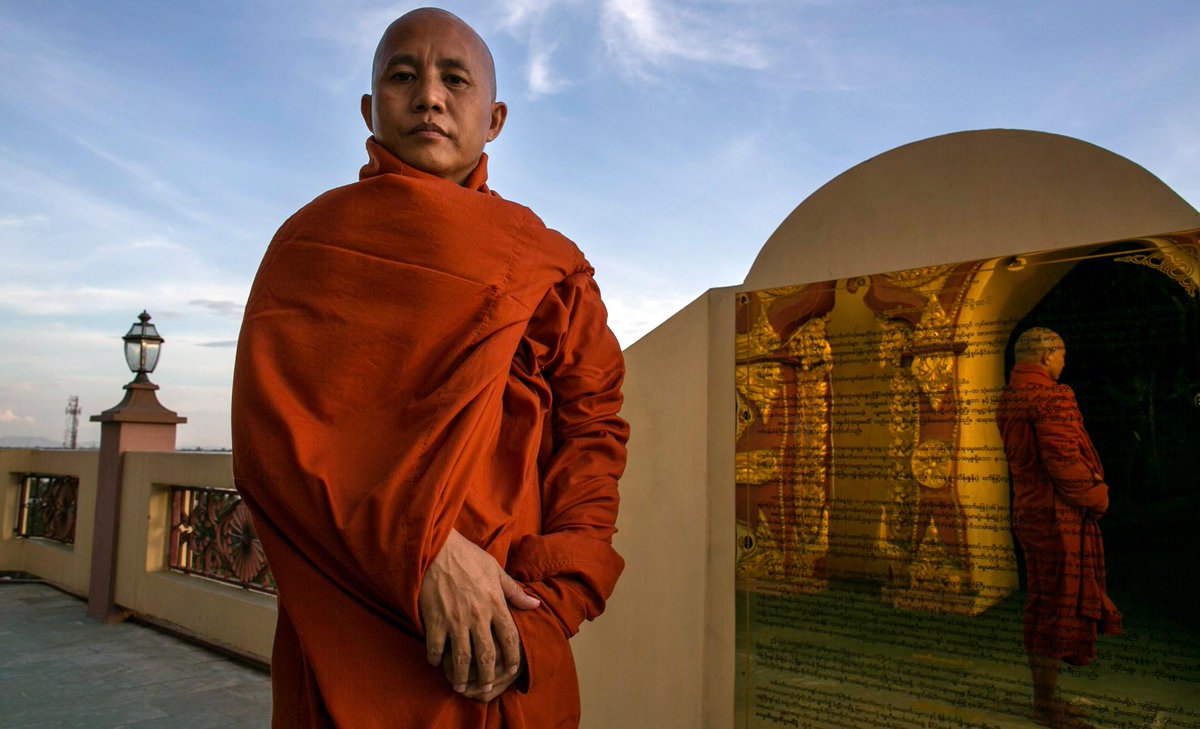
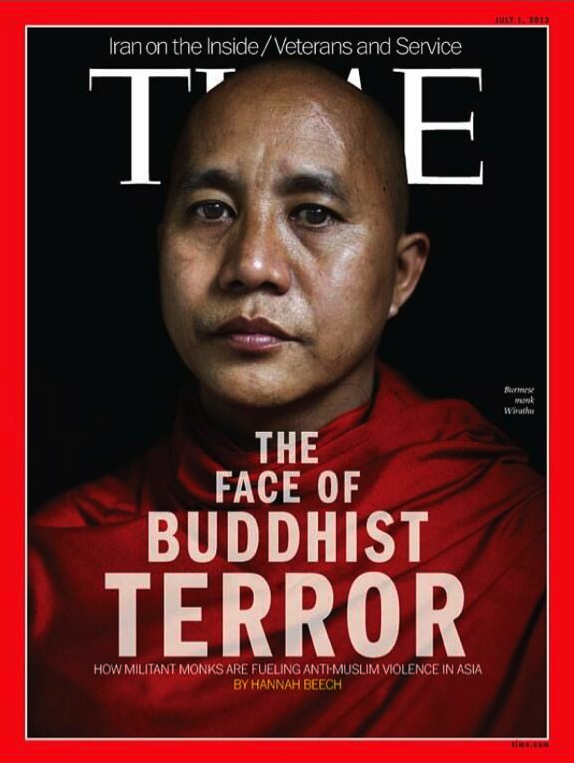

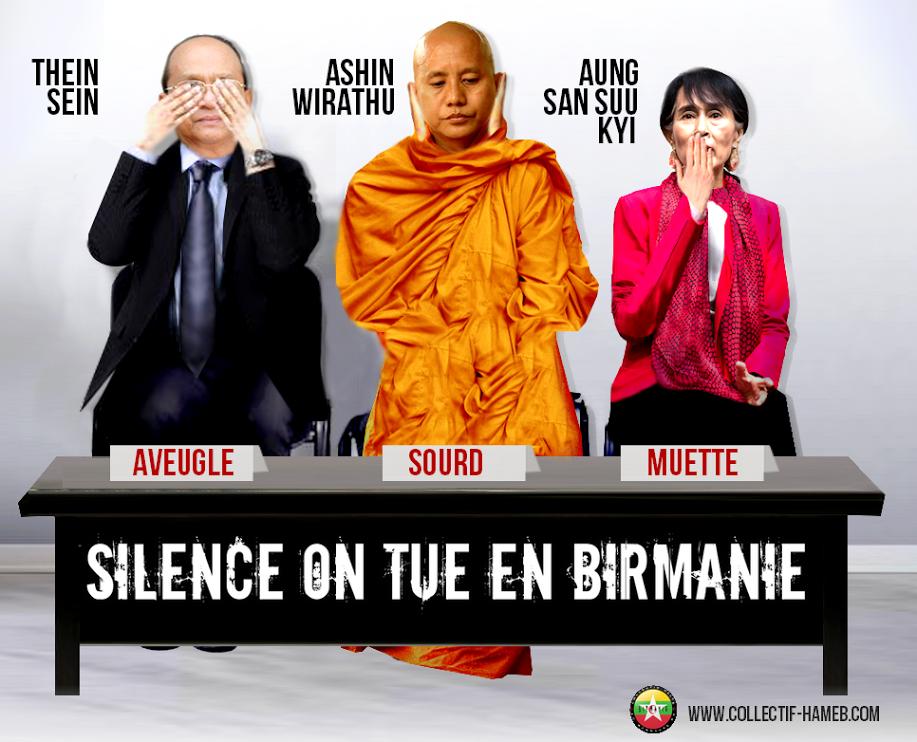

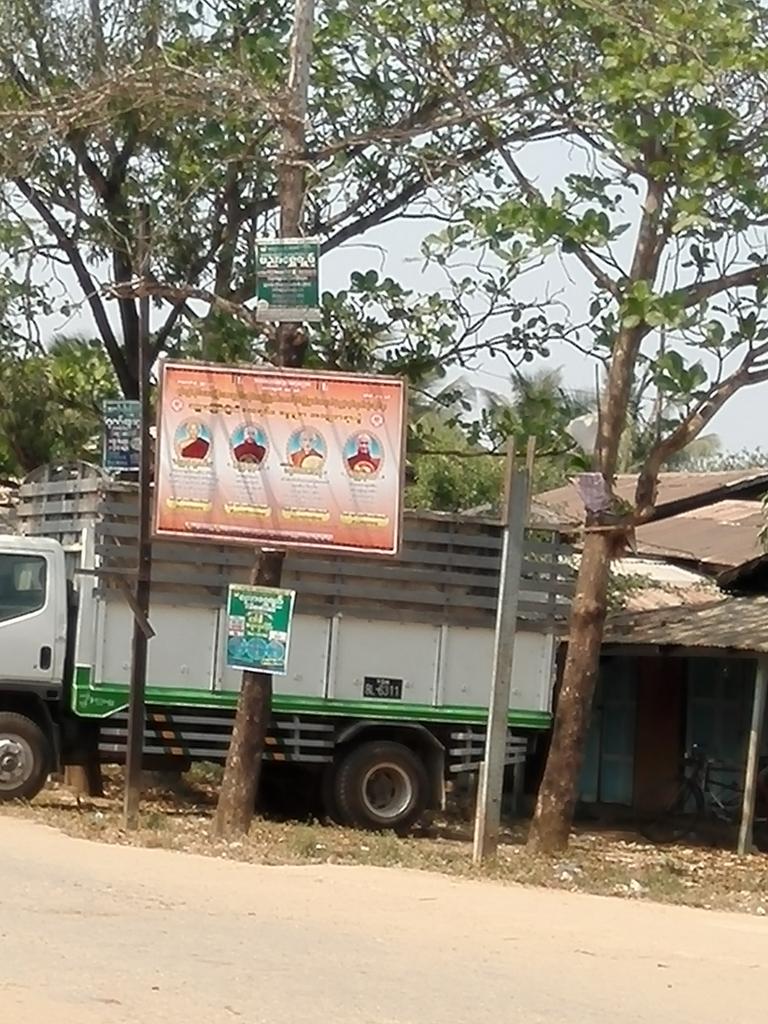
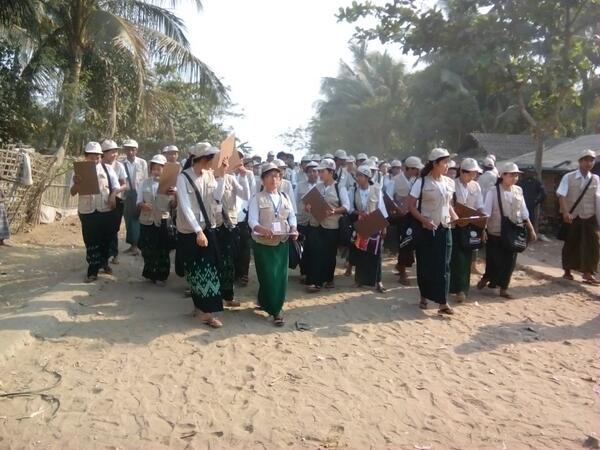
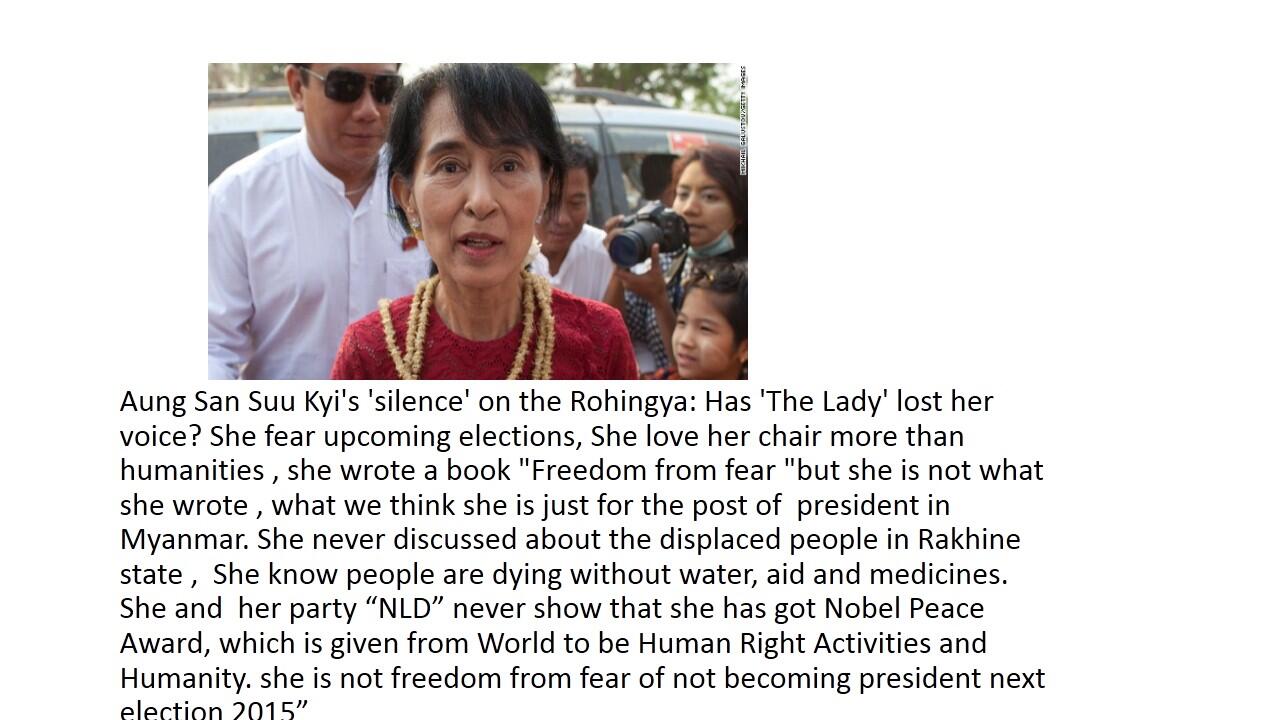

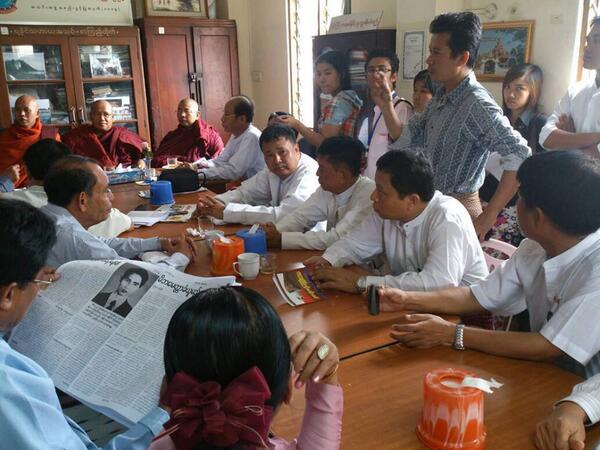




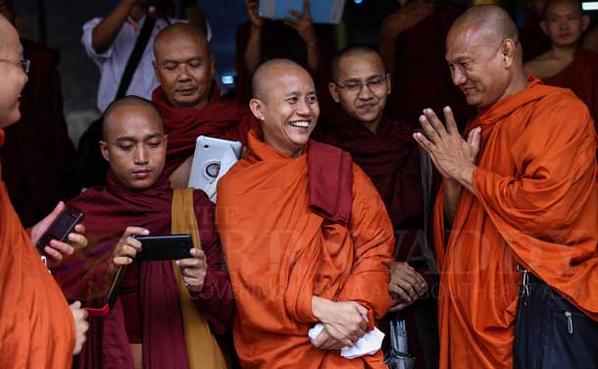


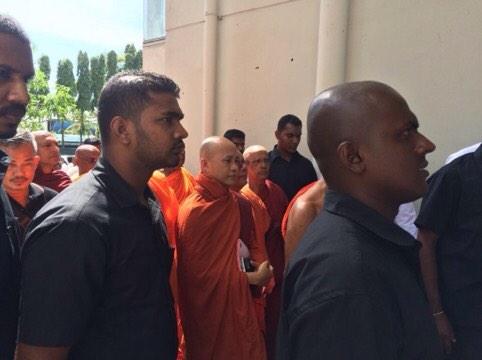
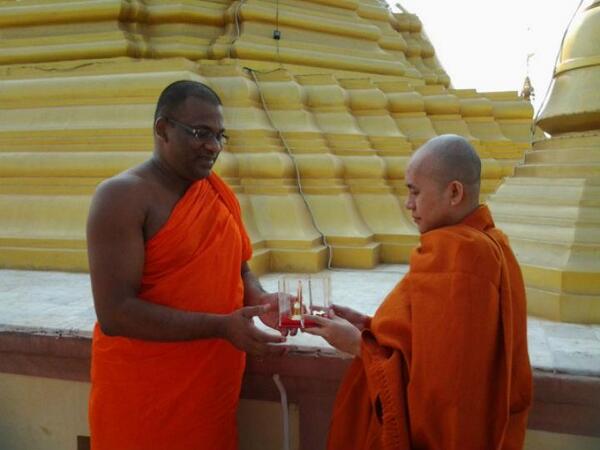



16 comments:
The first 2/3rds of that were funny. In a similar vein, an article in the New Yorker has this nugget:
'Brendel’s fear is that meditation might make executives too mellow and compassionate; he described one client who asked for assurance that she could embrace Buddhist meditation and still fire people.'
Great material for a novel!
Tom, I once had a student who told me he came from an 800-year old sufi 'silsila' (tradition) and that he was in touch with the djinns.
"And so?" I asked him
"They help me predict the stock exchange".
Reading the articles here made me think how very old this all is: the desire for a quick buck. Haven't read much Gaddis but these lines always make me laugh:
'and the day's mail brings flyers offering courses in Mid-life Crisis, Stress Management, Success Through Assertiveness, Reflexology, Shiatsu, Hypnocybernetics, and The Creative You....mortifying confessions, group therapy, primal screams and "making it"..Maharishi Mahesh Yogi's TM technique for reducing blood pressure and increasing self esteem....books on how to be happy, how to obtain peace of mind, how to win friends and influence people (sold 15 million copies), how to breathe, how to achieve a cheap sentimental humanism at other people's expense, how to become a Chinaman like Lin Yutang and make a lot of money, how to be a Baha'i or breed chickens all sell in the millions.'
K, I'd never dare attempt to trouble the affluent serenity of contemporary privileged mindfulness, which is none of my affair. What seems more pressing right now is the massive scale of human rights violations, savage atrocities and systematic apartheid being inflicted upon a part of the world's population whose sufferings have long been ignored; meanwhile the plight of these victims is aggravated by the day.
As with the Palestinians and the Yazidis, the general sentiment about the Rohingya in the "outside" world appears to be "I don't want to know, and I don't care anyway", only slightly complicated by the automatic knee-jerk assessment, "Buddhism good, Islam bad". Seeing skinheads in saffron robes seems to be a transformative experience for many out here in "democracy", creating feelings of relaxation, approval and inner contentment... a kind of instant-security emotional app, as it were.
Here in "democracy", blacks who dare to value their lives are branded "thugs", rightwing demagogues as "politicians". Ethnic cleansing is ok or not ok, depending on misinformed predisposition and brainwashed prejudice.
Keep it simple.
But rather than report further on what I've learned in researching the demagogue monk Wirathu and his Saffron Mob, let me offer a recent bit from a respectable credentialed correspondent in Bangkok...
[Quoting:]
_
It would be easy to disregard Wirathu as a misinformed monk with militant views, were it not for his popularity. Presiding over some 2,500 monks at this respected monastery, Wirathu has thousands of followers on Facebook and his YouTube videos have been watched tens of thousands of times.
The increasing openness of Burma, which was once tightly controlled under a military junta, has seen a wave of anti-Muslim sentiment spread across the 60 million-strong Buddhist majority – and Wirathu is behind much of it.
Rising to prominence in 2001, when he created a nationalist campaign to boycott Muslim businesses, Wirathu was jailed for 25 years in 2003 for inciting anti-Muslim hatred but freed in 2010 under a general amnesty.
Since his release, Wirathu has gone back to preaching hate. Many believe his words inspired the fighting last June between Buddhists and ethnic Rohingya Muslims in Rakhine state, where 200 people were killed and more than 100,000 displaced.
It was Wirathu who led a rally of monks in Mandalay in September to defend President Thein Sein's controversial plan to send the Rohingya to a third country. One month later, more violence broke out in Rakhine state.
*
Both Thein Sein and opposition leader Aung San Suu Kyi have been criticised for not taking a greater stand against the violence that has racked Burma in recent months. Some have pointed to the seemingly planned nature of many of the attacks; UN special envoy Vijay Nambiar said the violence had a "brutal efficiency" and cited "incendiary propaganda" as stirring up trouble.
Multifaith activists in Burma recently took to the streets to counter the violence, distributing T-shirts and stickers with the message: "There shall be no racial or religious conflicts because of me." But the Buddhist-Muslim tension has already spread far and wide.
In Rangoon, a recent mosque fire that killed 13 children was widely believed to be a case of arson. And in Indonesia, eight Buddhists were beaten to death by Rohingya Muslims at a detention centre, in apparent retribution for incidents of sexual assault by Buddhist inmates against Rohingya women.
Rumours abound that those inciting the fighting, like Wirathu, are pawns for being used by Burma's military generals to stir up trouble in the nascent democracy. But Wirathu insists he is working alone: "These are my own beliefs," he said. "I want the world to know this."
In a chilling sermon last month, Wirathu warned that the "population explosion" of Burma's Muslims could mean only one thing: "They will capture our country in the end."
And just like his namesake, this "Burmese Bin Laden" made a brazen call to arms: "Once we [have] won this battle, we will move on to other Muslim targets."
-- Kate Hodal in Bangkok for The Guardian, 18 May 2015 (updated 21 May 2015)
Yes, I'd read some of Wirathu's views a few years back. Some of it doesn't sound too dissimilar to extreme-though this word itself is increasingly becoming meaningless- right sentiments in old Europe: Londonistan, Eurabia, etc.
I got into a terrible spat with the then editor of Prospect magazine (UK), David Goodhart on this issue after his 'Too diverse' article.
Tom, UKIP got 3.8 million votes this election, largely based on similar (though significantly milder) views.
The inner security and fear go hand-in-hand, don't they?
K, the Goodhart piece is a lovely example of postmodern xenophobia toiling to "find its voice". The absence of trusted and familiar assumptions in any alien group, as grounds for rejection of said group, of course boils down to "I've got mine, mate, so bugger off".
"The diversity, individualism and mobility that characterise developed economies – especially in the era of globalisation – mean that more of our lives is spent among strangers. Ever since the invention of agriculture 10,000 years ago, humans have been used to dealing with people from beyond their own extended kin groups. The difference now in a developed country like Britain is that we not only live among stranger citizens but we must share with them. We share public services and parts of our income in the welfare state, we share public spaces in towns and cities where we are squashed together on buses, trains and tubes, and we share in a democratic conversation – filtered by the media – about the collective choices we wish to make. All such acts of sharing are more smoothly and generously negotiated if we can take for granted a limited set of common values and assumptions. But as Britain becomes more diverse that common culture is being eroded."
David Goodhart: Is Britain becoming too diverse? -- Prospect, February 2004
Before considering all the other problems in this statement, for me the most glaring defect in it is the unspoken but implicit suggestion that Britain's traditional base of "values and assumptions" should be accepted as a baseline for discussion on the subject of multiculturalism.
Given Britain's awful history of colonialism and imperialism and the general failure of its culture to replace that history with something better tailored to the actual needs of human life, in all its "diversity", on this planet, Goodhart's words have the hollow ring of someone talking to himself, and a few others like himself, not at all persuasively as it happens, but with the ad hominem jingoist appeal that nationalism always evokes.
Even the nationalism of a nation that is manifestly dead on its feet, if not simply supine before its own appalling incapacity to do anything but evoke its own past, almost as if there were something in that past in which pride might justifiably be taken.
During the half decade or so of my residence in the UK in the 1960s, my awareness of the shameful and violent incidents of racism "back home" in the States, together with the protracted and hideous conduct of an all-out American war against "The Other" in SE Asia, made it impossible to sustain any sort of feelings of loyalty toward the sham "democratic values" which Americans habitually evoke when convenient.
At the same time, back then, incidents of "Paki-bashing" were rife in the UK, particularly in the Midlands cities.
In one of those bleak towns, Derby, perhaps Stoke, a woman I met told me that though she was accustomed to letting out rooms in her house, she was very careful not to accept renters from certain parts of the world -- Africans were her particular phobia -- because they were not properly trained in using the loo.
So much for values and sharing.
are words enough ?
thx Tom. I had not vomited out a part of my soul yet today
Yes, I think the thing with Goodhart and his ilk is that they present the acceptable face of bigotry to the chattering classes and middle Englanders...Radio 4, the Beeb., ...
It really is a class thing at the end of the day.
Behind the pretense of intellectuality is really just a shallow and hollow idea of 'the other', 'strangers' (which is to say or not to say-and that's the whole point-other human beings).
Yeah, I don't think many people realize how pervasive the paki-bashing was (once I had to run for my life from a mob...). But it was also the pervasive sense that someone, a random person in the street, could call you a "Paki" (Walker's use of the term cracked me up, though) and behind that was *always* the lurking fear of violence.
That's exactly the point, K -- the other, the strange, the not-us, is to be feared and eradicated when possible.
Atavism in the wondrous digital age, atavism in the caves, same-same.
There have been and will be those in the UK who continue, privately or not so privately, to regret that "the Paki", that "dangerous element" (!), had not been allowed entry in the first place.
The sun never sets on that sort of spurious, history-forgetting "logic".
Ironically the only true allies of the British Army in this part of the world, during WWII, were the Rohingya.
The Buddhist majority Rakhine state meanwhile supported, right, the Japanese.
History has a hideous way of repeating itself.
The Rohingya then became, and now remain, The Jews of Asia.
Sandra, no I don't think words are enough.
Vincent, always appreciate the intellection.
The fear around immigration has spiked since 2008. The reasons aren't hard to unpick.
The cult of mindfulness exorcises critical thinking, strips a subject of history.
This article in the independent is worth a read.
Duncan, stripping away the history seems an essential element in this new smartphone mindfulness. That and having enough of everything. (History of course being inconveniently full of those who didn't.)
We're perhaps thinking along the same lines. I've just now, in responding to your earlier comment (on "The Jews of Asia"), quoted that Independent piece in full. Penny Green makes good sense I reckon -- just common sense really, seemingly the rarest kind these days.
Speaking of Buddhism, and how wonderful it is - except when it isn't - apparently not mentioned yet on your blog is the work of Brian Daizen Victoria, whose main book has a second edition and a Wikipedia article:
http://en.wikipedia.org/wiki/Zen_at_War
Once again, I am reminded of Wavy Gravy's observation: "As I told my mirror this morning, it's all done with people."
Yes, interesting.
"As I told my people this morning, it's all done with mirrors."
this... the second part of this post... will not leave me, the photographs, the reality...
it is as though an atom bomb of truth has gone off inside me. i am razed...
Tom, and all - Sorry to come to this so late, but there's a silence at the heart of this post and discussion which troubles me. I worry that there's a sidestepping of any opportunity to distinguish between Wirathu's demagogic exploitation of ethnic/cultural tensions and the wider culture, practices and principles of Buddhism that he and his followers claim to represent. Do we allow Islam 'as a whole' (whatever that might be) to sit, silently implicated, behind the atrocities of Isis or Boko Harem? So that those who are already predisposed can smugly conflate them (one more time)? Isn't it important to the broader conversation about othering that finds a rare and welcome home here, that we don't look like we're implying (by omission) an identity between Buddhism 'as such' and its cynical exploitation?
Barry, that silence, and that evasion, are of course down to me, and I'm grateful to you for having the pluck to step into the void.
The disjunction between parts here may result simply from my unwillingness to put a fine point on the implication that has caused the rift to open in the first place.
I don't like to explain and hate to offend. I get that it's useful to a maniacal propagandist like Pamela Geller to hold Islam responsible for the doings of Islamic State. We all know that such a contention is absurd on the face of it. And too we know that Islam has pretty emphatically reacted to such suggestion by condemning -- actively, that is, not by silence -- Islamic State.
So I suppose the question would be, if Buddhism had wanted to similarly renounce and publicly disconnect itself from the activities of this petty fascist in saffron robes Wirathu, don't you suppose somebody would have heard about that by now?
If I'd heard about that, I'd have considered it necessary and urgent to report, so that it might be seen and said clearly that this fellow is a fraud and worse, and that he is acting under a "false flag", so to speak.
So many innocents have suffered from his well-publicized actions, his inflammatory rhetoric, his hate videos, his governmentally supported soapbox incitement to genocide, you'd think we'd be hearing some internal correction, or some conscientious criticism from outside, some distancing, at the very least.
Of course it's apparent he's regarded by many serious Buddhists as an embarrassment. But as yet nobody has dared pip a squeak about cancelling his ticket to ride.
Is it only me who wonders why that is?
When you get a load of him up close, it's an eyeopener. All the decorative trappings of "real" Buddhism, doves and peace and love, jumbled together with instigation to violence, nationalism, racism, and the numerological and cosmological hokum of the "969" movement.
"A Buddhist face on Nazism," is how Wirathu is described by one interviewee in this report:
Mantra of Rage
Many things might be said about what we see in this short documentary, but from frame to frame, it's hard to imagine how anybody could say, "All this has nothing to do with Buddhism".
Buddhism put to use by and working in coordination with a police state, not a pretty picture, covertly regretted by many, openly opposed by none, in what is, after all, a Buddhist country.
Post a Comment